- Filter By:
-
-
Stock photos and images of username:Frederic
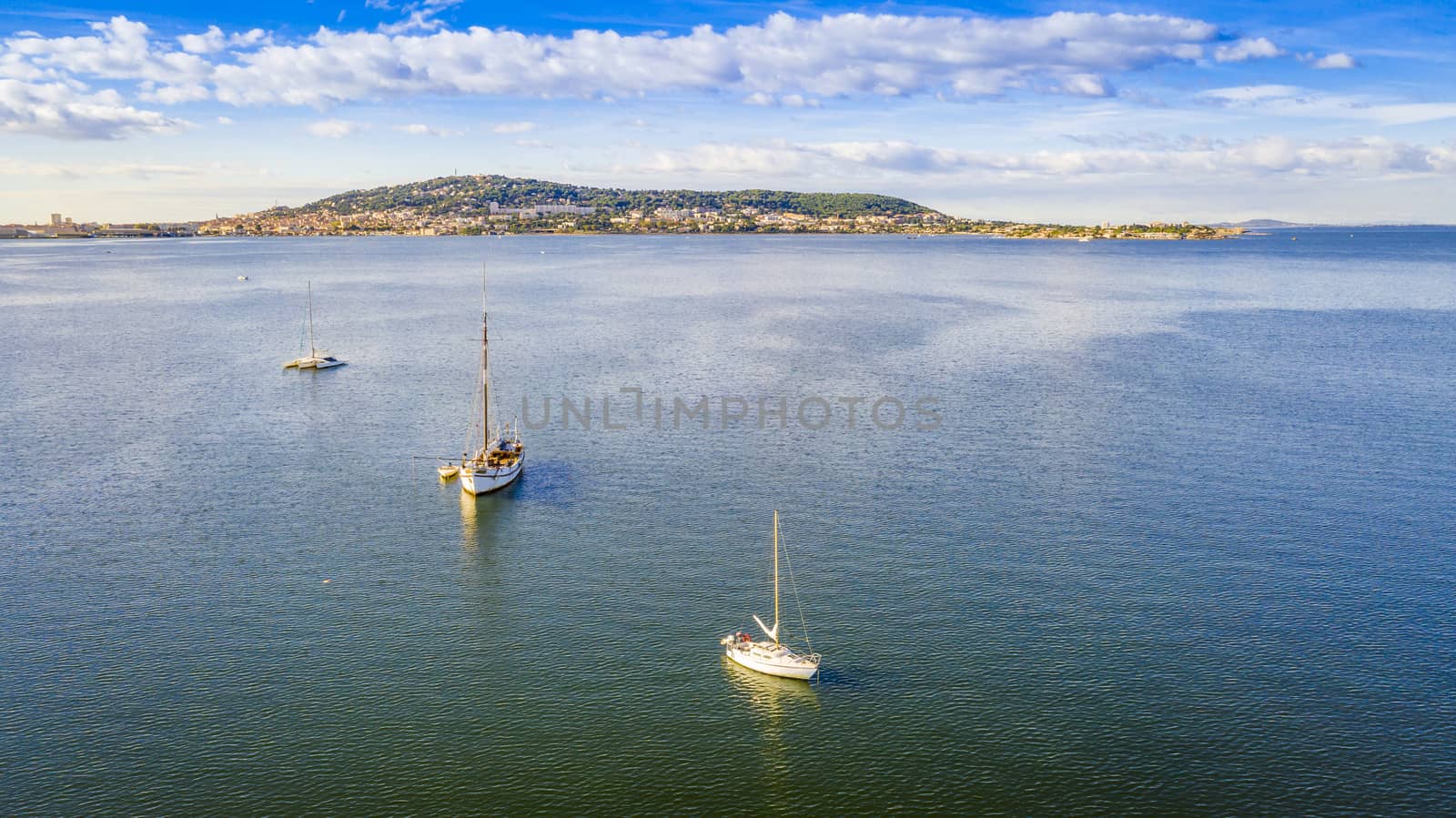
Aerial view of the pond of Thau and Sete from Balaruc les Bains in Occitania, France
Stock PhotoUsername
FredericResolution
5309x2983pxAerial view of the pond of Thau and Sete from Balaruc les Bains in Occitania, France


Pyramid buildings in La Grande-Motte, in the Hérault department, in the Occitanie region, France.
Stock PhotoUsername
FredericResolution
7360x2872pxPyramid buildings in La Grande-Motte, in the Hérault department, in the Occitanie region, France.
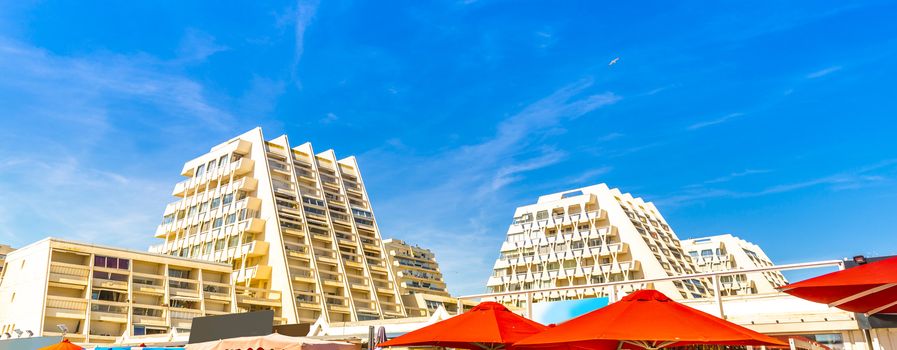
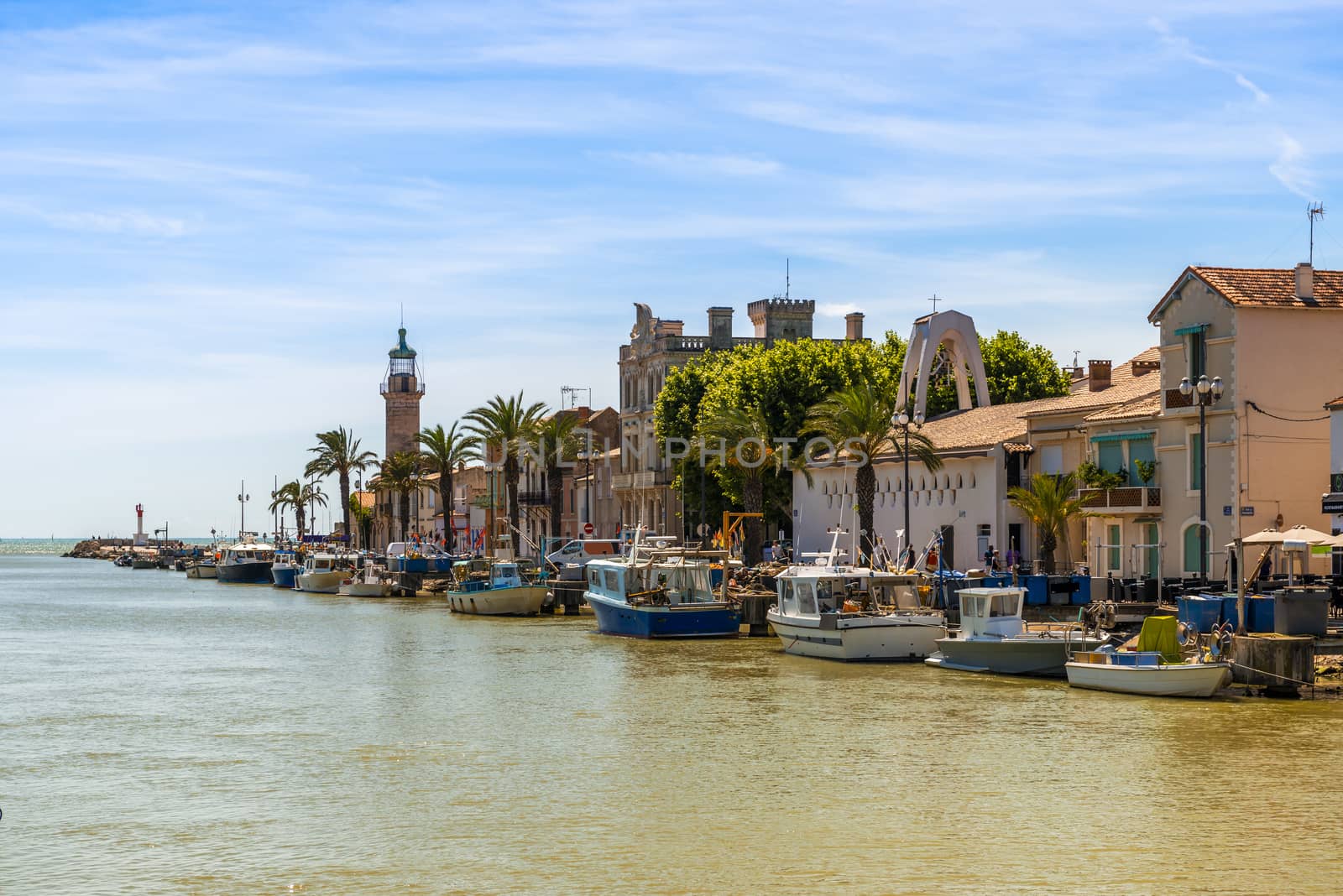
Panorama of Grau du Roi and the Canal Saint-Louis flowing into the Mediterranean, in the Gard in Occitanie, France.
Stock PhotoUsername
FredericResolution
7326x4889pxPanorama of Grau du Roi and the Canal Saint-Louis flowing into the Mediterranean, in the Gard in Occitanie, France.


The Grau du Roi in the Gard in Occitania, France.
Stock PhotoUsername
FredericResolution
6257x4912pxThe Grau du Roi in the Gard in Occitania, France.
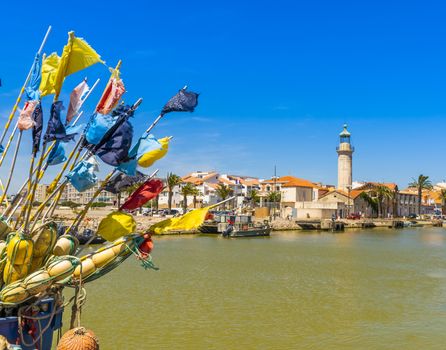
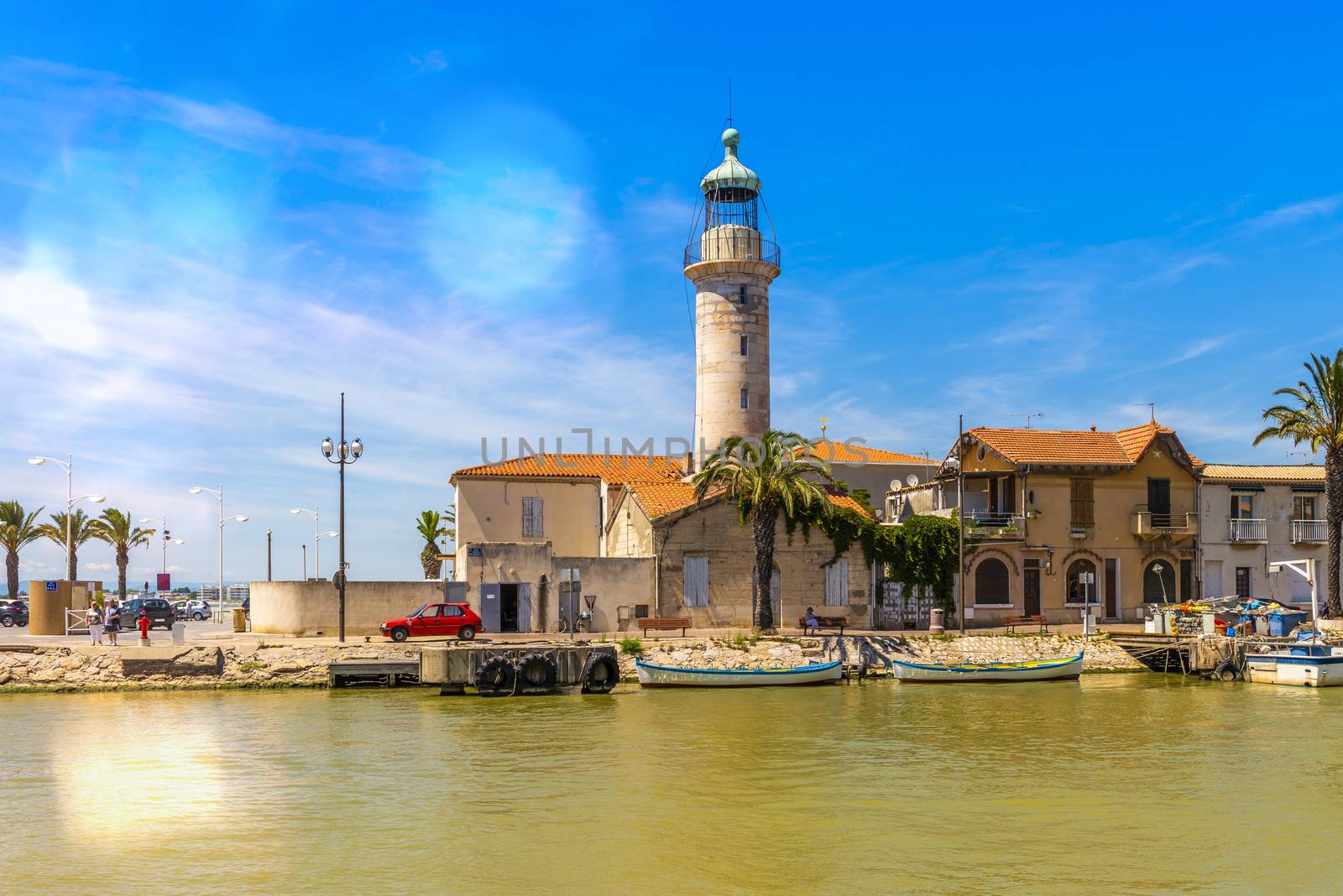
Old lighthouse of Grau du Roi, in Gard in Occitanie, France
Stock PhotoUsername
FredericResolution
7360x4912pxOld lighthouse of Grau du Roi, in Gard in Occitanie, France

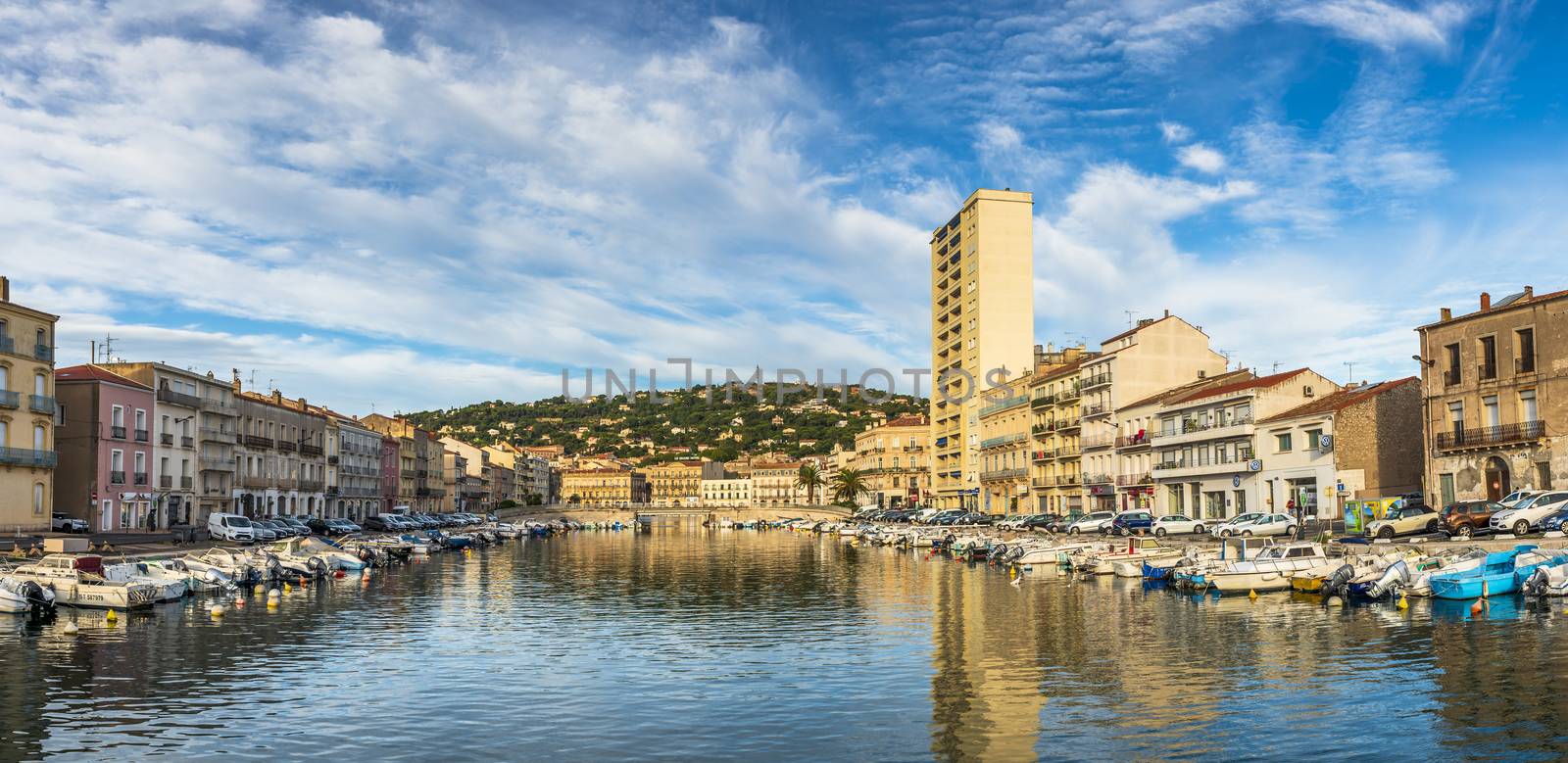
The panorama of the πeyrade canal in Sète, from the stone bridge, in Occitanie, France.
Stock PhotoUsername
FredericResolution
8699x4235pxThe panorama of the πeyrade canal in Sète, from the stone bridge, in Occitanie, France.

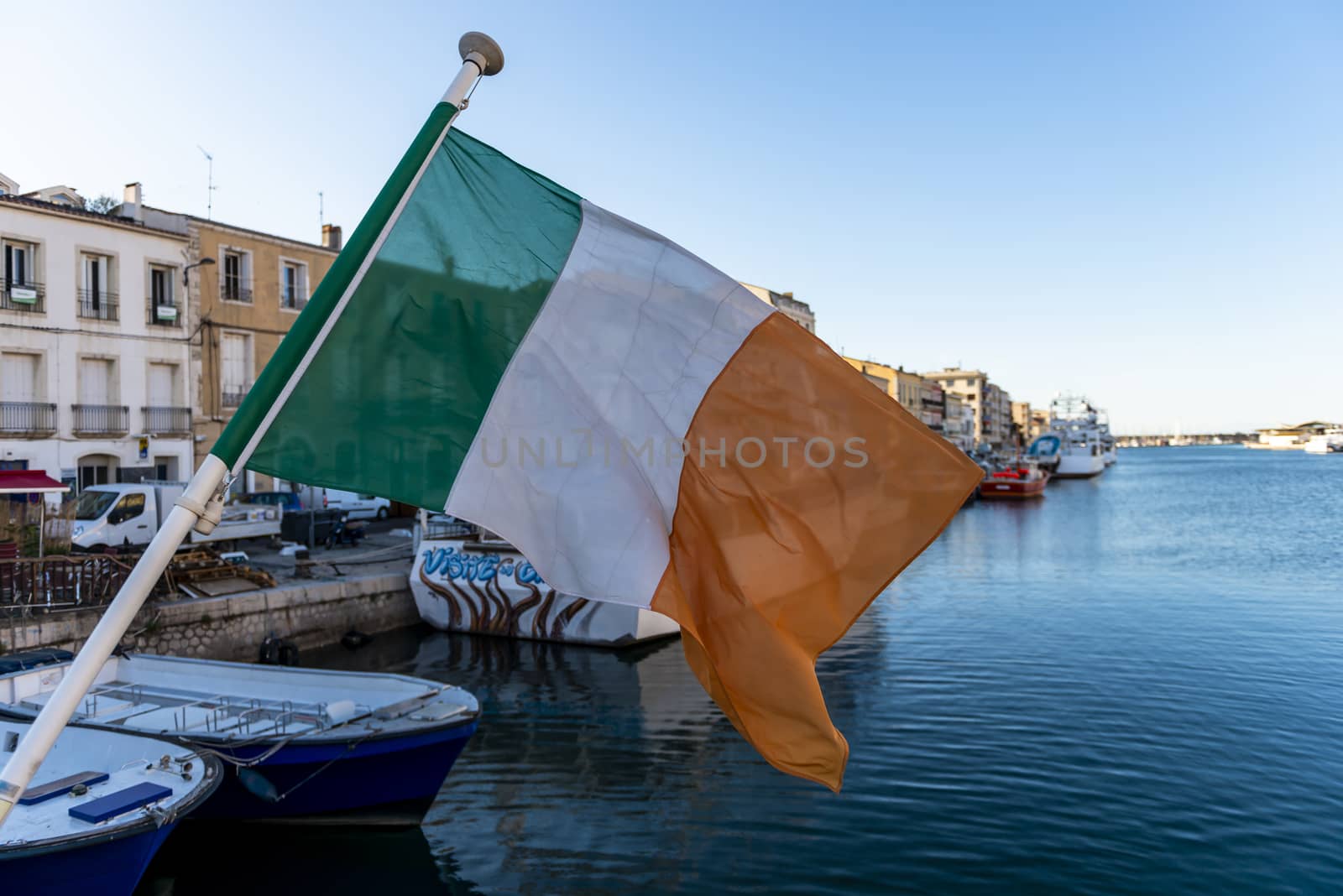
Irish flag floating above the canal in Sète in Herault, in Occitania, in France.
Stock PhotoUsername
FredericResolution
7360x4912pxIrish flag floating above the canal in Sète in Herault, in Occitania, in France.

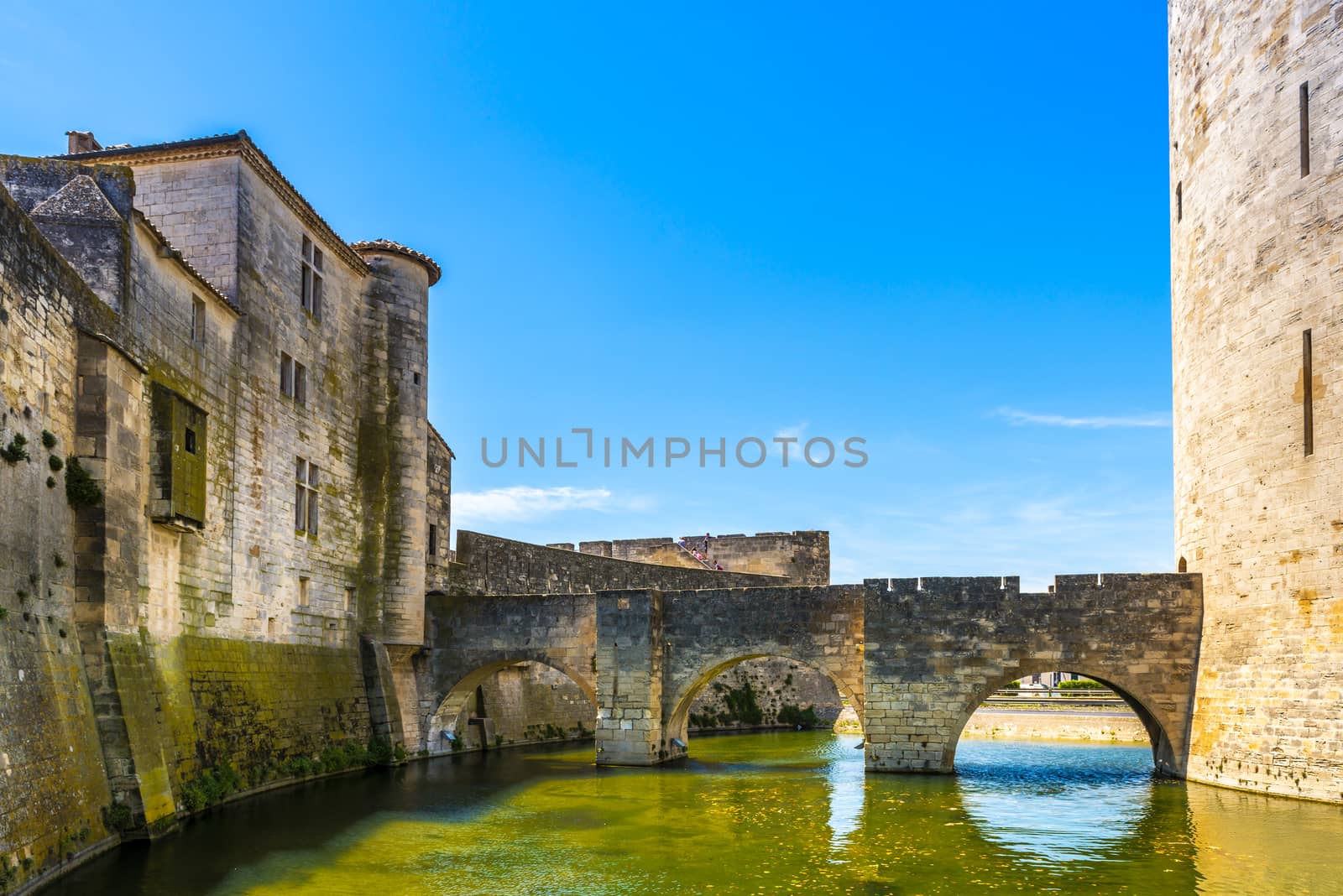
Bridge leading to the Tour de Constance, crossing the moat at Aigues-Mortes in the south of France, in the Gard department.
Stock PhotoUsername
FredericResolution
7360x4912pxBridge leading to the Tour de Constance, crossing the moat at Aigues-Mortes in the south of France, in the Gard department.

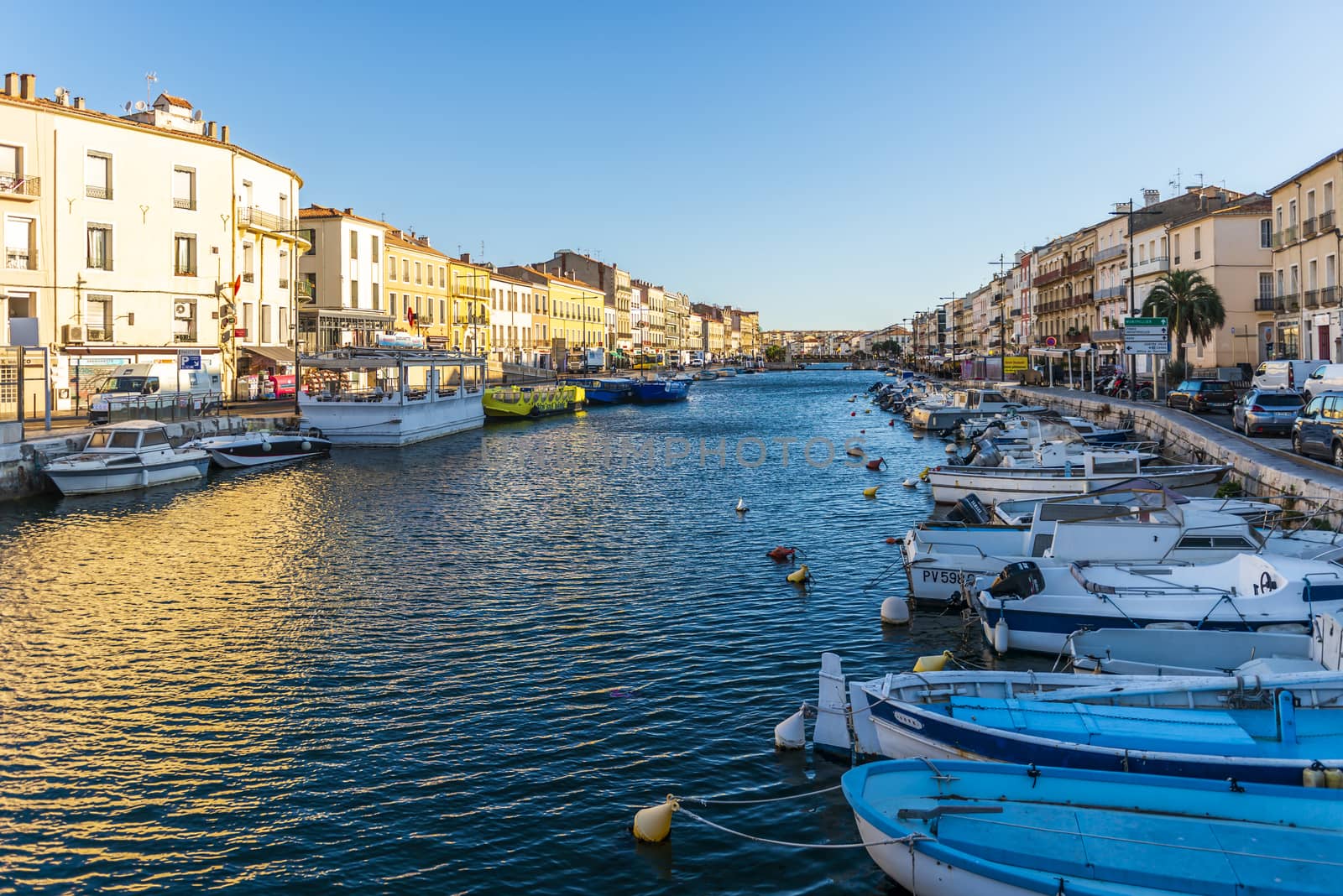
A sunny day in Sète in Hérault, in Occitania, France.
Stock PhotoUsername
FredericResolution
7102x4740pxA sunny day in Sète in Hérault, in Occitania, France.

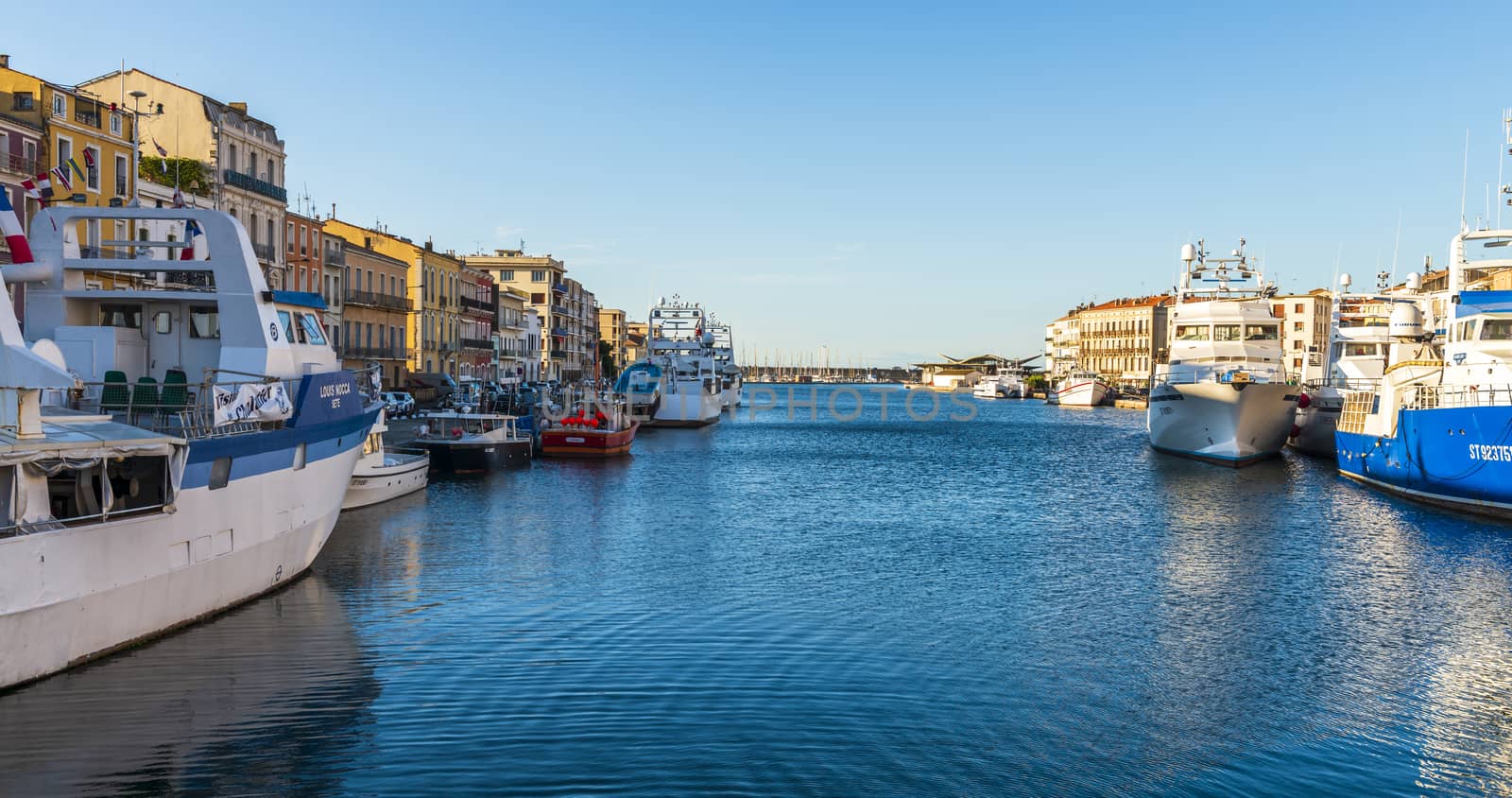
Sète Canal with its boats and trawlers, on a summer morning, in Sète in the Herault, inOccitania in France.
Stock PhotoUsername
FredericResolution
7360x3883pxSète Canal with its boats and trawlers, on a summer morning, in Sète in the Herault, inOccitania in France.

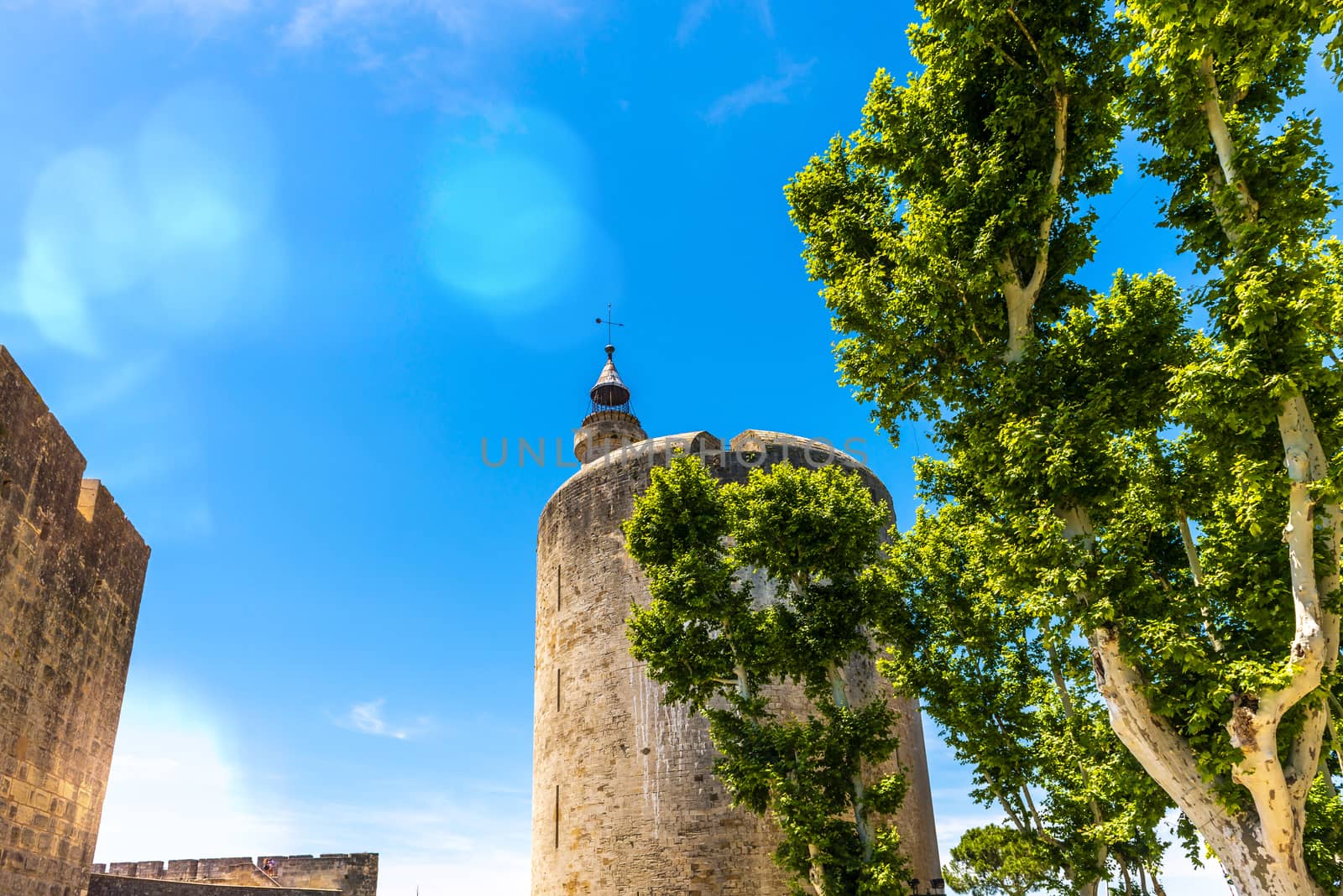
Tour Constance and the ramparts of Aigues-Mortes in Gard in Occitanie, France
Stock PhotoUsername
FredericResolution
7360x4912pxTour Constance and the ramparts of Aigues-Mortes in Gard in Occitanie, France

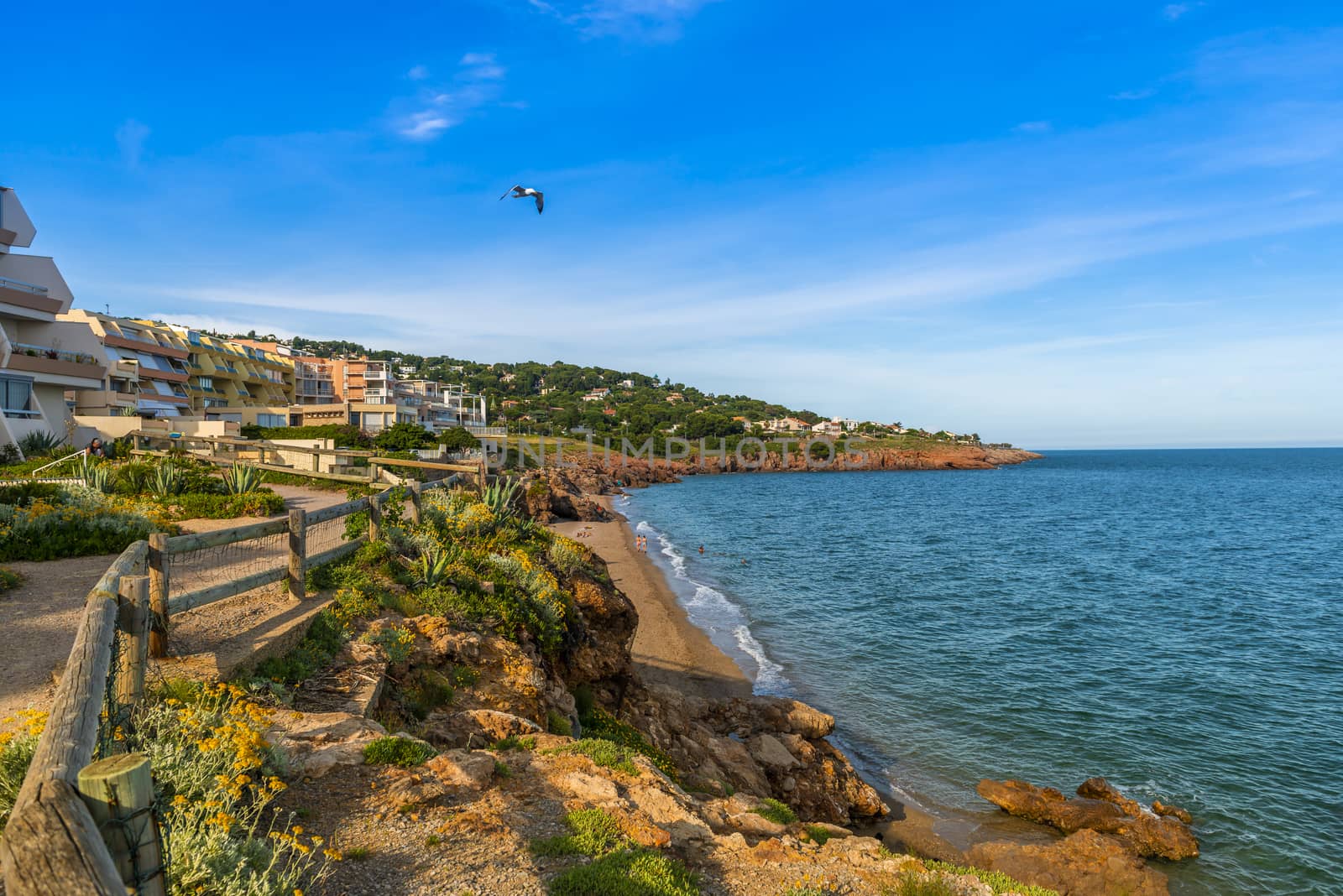
The coast of the cornice in Sete, along the Mediterranean Sea, in the Herault, in Occitanie, in France.
Stock PhotoUsername
FredericResolution
7360x4912pxThe coast of the cornice in Sete, along the Mediterranean Sea, in the Herault, in Occitanie, in France.

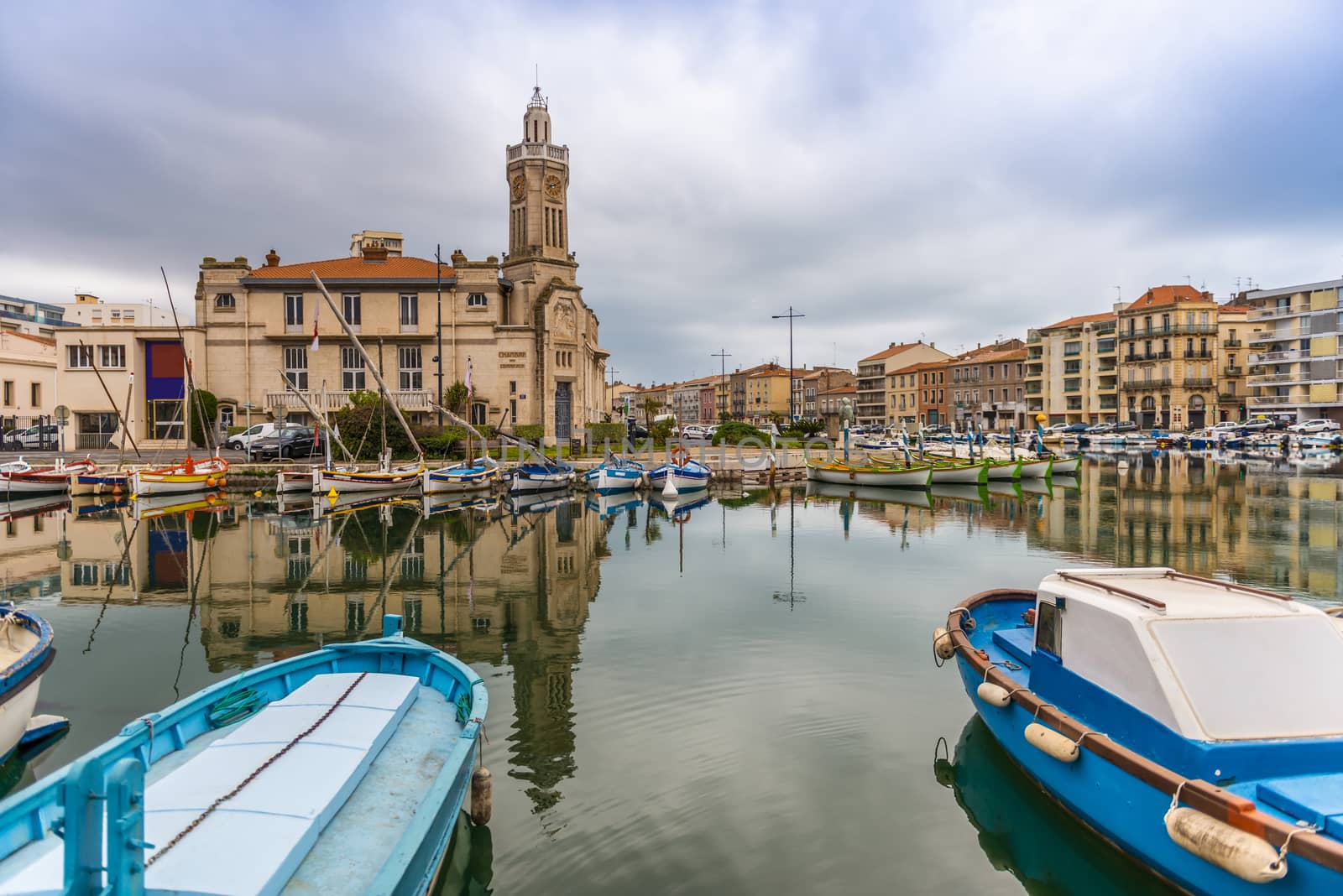
View of Sète on the royal canal under a busy sky, in the Herault in Occitanie, France.
Stock PhotoUsername
FredericResolution
7360x4912pxView of Sète on the royal canal under a busy sky, in the Herault in Occitanie, France.

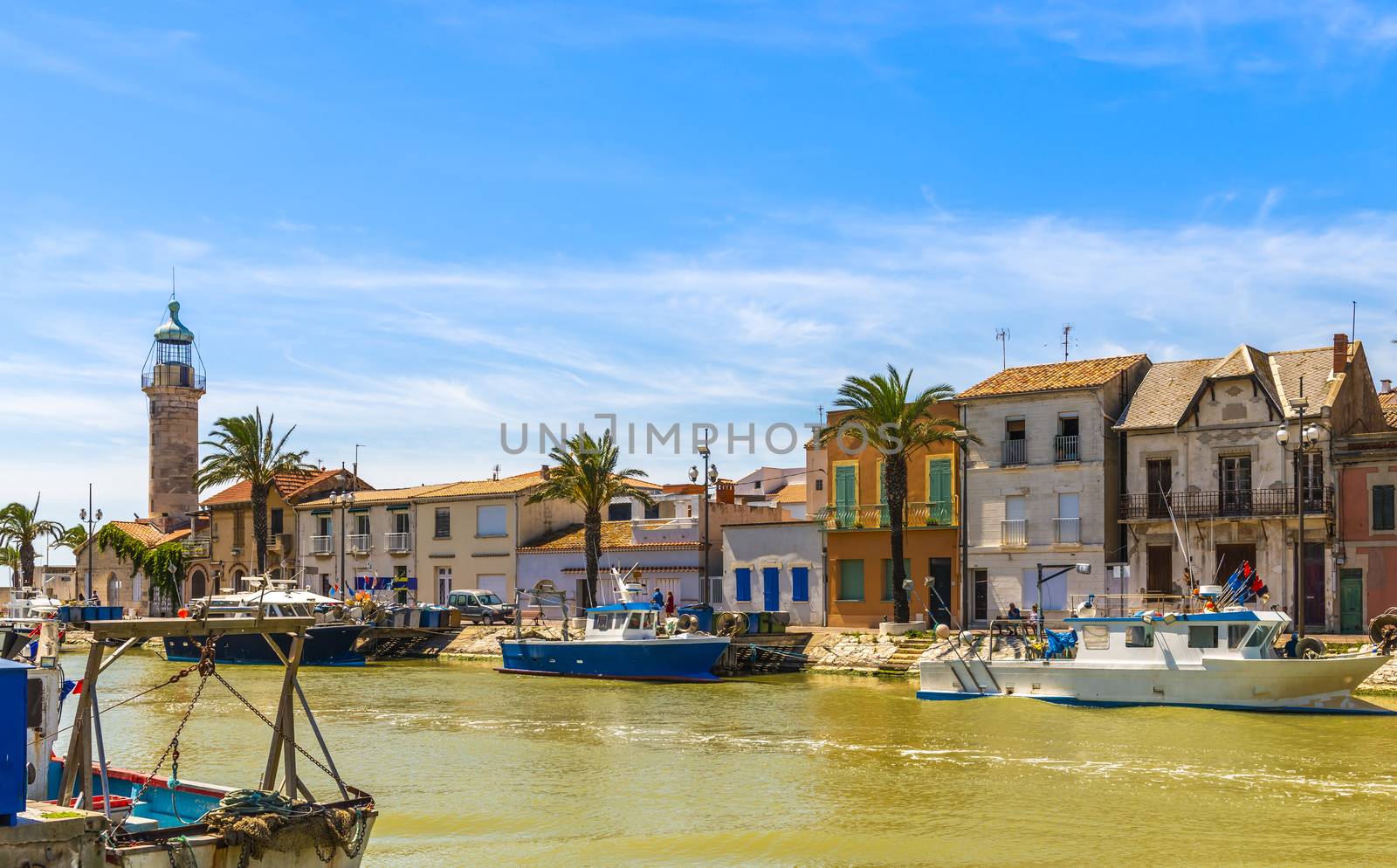
Quai du General de Gaulle and the old lighthouse at Grau du Roi, in the Gard department in Occitania, France.
Stock PhotoUsername
FredericResolution
6691x4157pxQuai du General de Gaulle and the old lighthouse at Grau du Roi, in the Gard department in Occitania, France.

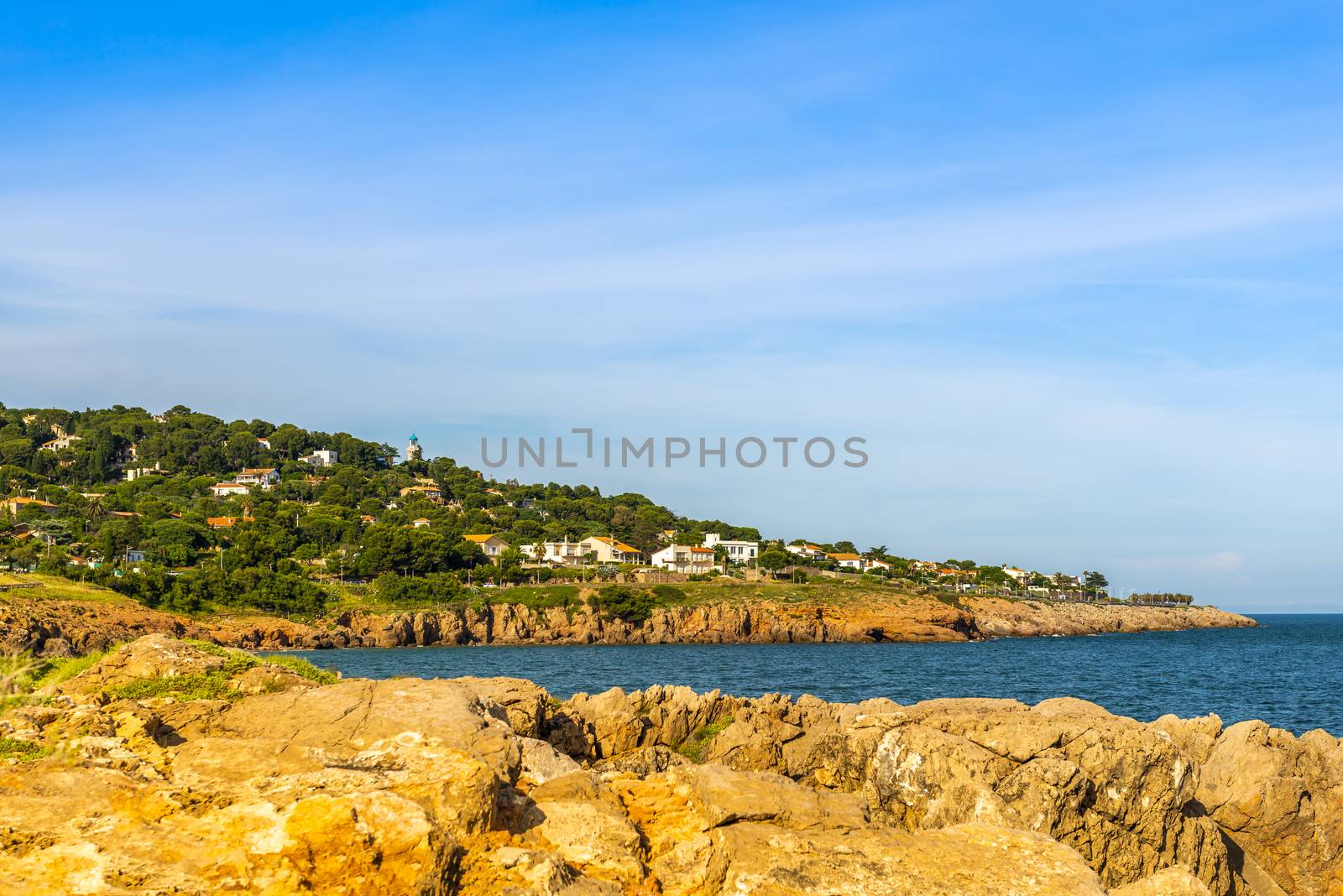
The cornice in Sète and the blue of the Mediterranean Sea, in the Hérault in Occitanie, France.
Stock PhotoUsername
FredericResolution
7167x4783pxThe cornice in Sète and the blue of the Mediterranean Sea, in the Hérault in Occitanie, France.

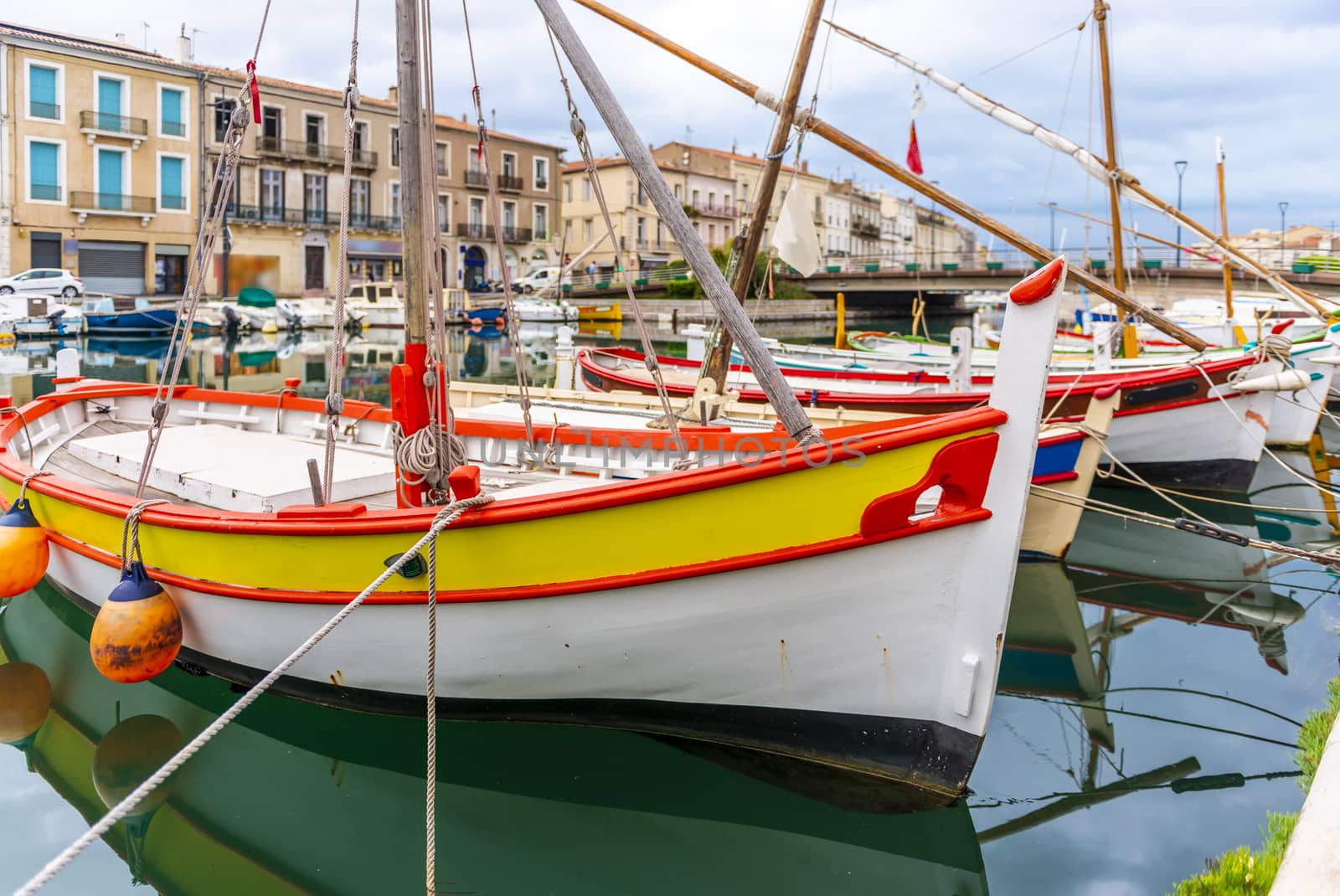
Small typical Languedoc sailboats, on the canals in Sète. In the south of France.
Stock PhotoUsername
FredericResolution
7123x4762pxSmall typical Languedoc sailboats, on the canals in Sète. In the south of France.

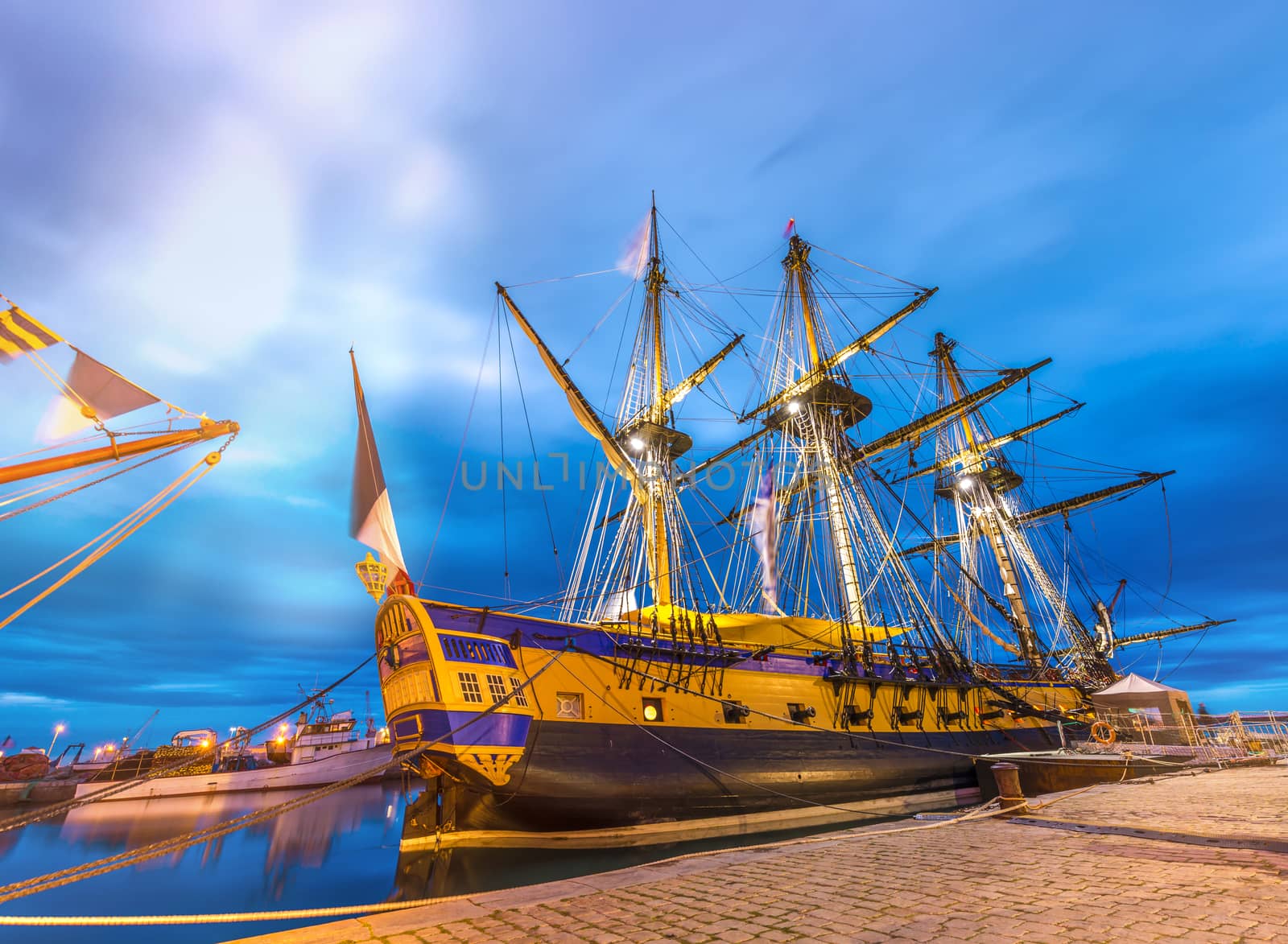
This magnificent reproduction of one of the emblematic ships of the French navy, the Hermione.
Stock PhotoUsername
FredericResolution
6509x4772pxThis magnificent reproduction of one of the emblematic ships of the French navy, the Hermione.

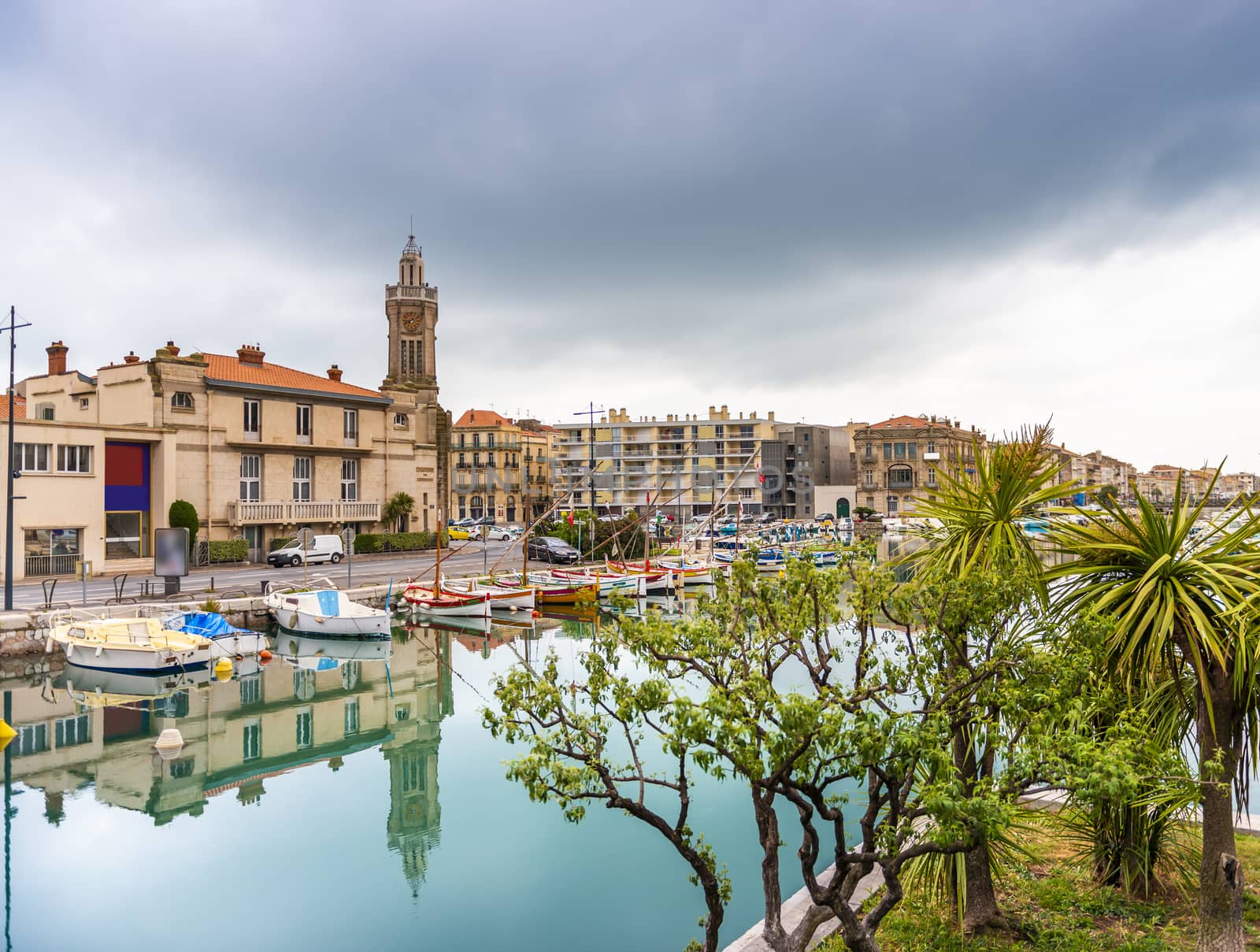
Reflections of the old chamber of commerce, on the royal canal in Sète under a very overcast sky.
Stock PhotoUsername
FredericResolution
6499x4912pxReflections of the old chamber of commerce, on the royal canal in Sète under a very overcast sky.

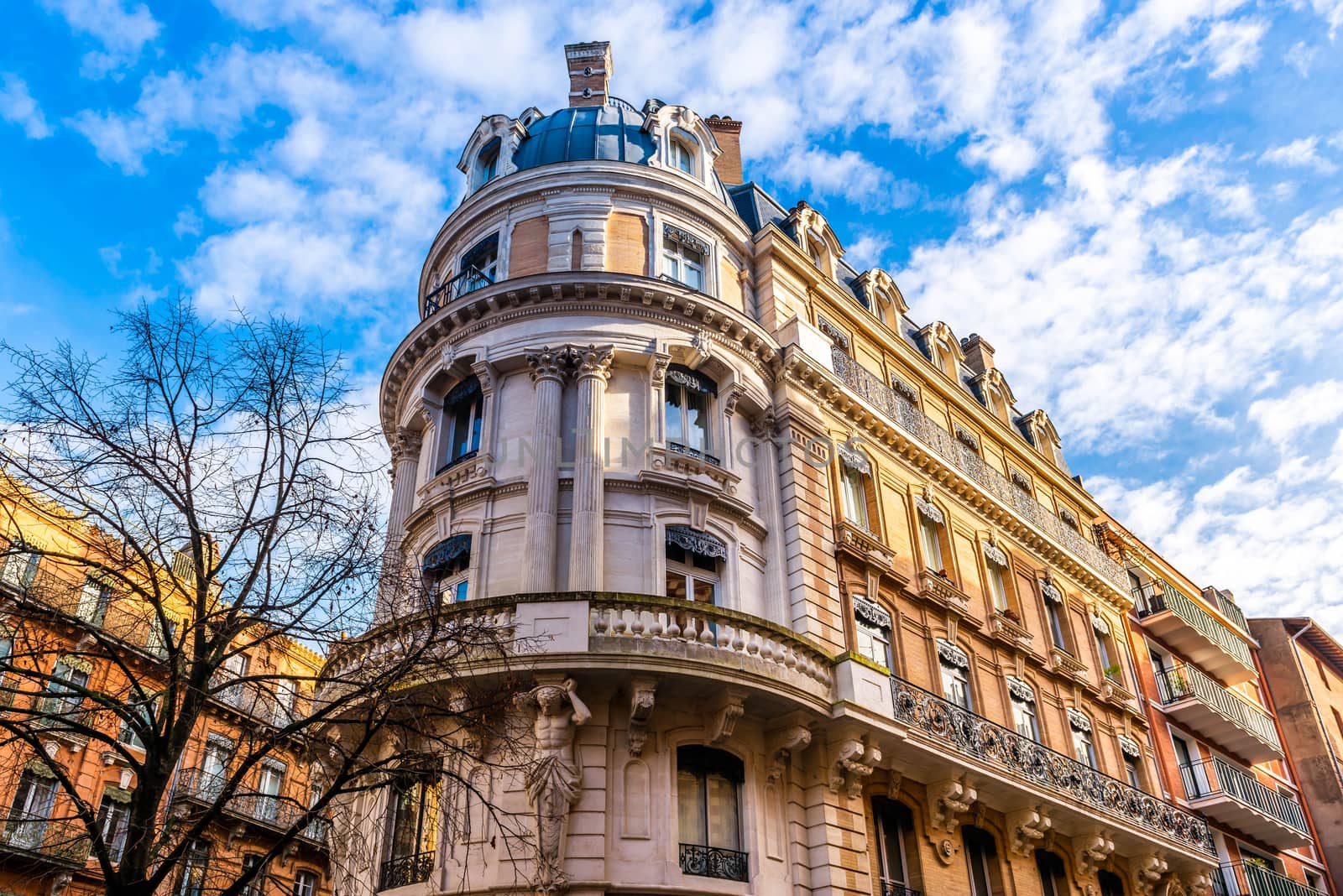
Typical Toulouse building in the center of Toulouse in Haute-Garonne.
Stock PhotoUsername
FredericResolution
6671x4452pxTypical Toulouse building in the center of Toulouse in Haute-Garonne.


The old building of the chamber of commerce on the Peyrade canal, with reflections on the water, in Sète.
Stock PhotoUsername
FredericResolution
7360x4912pxThe old building of the chamber of commerce on the Peyrade canal, with reflections on the water, in Sète.
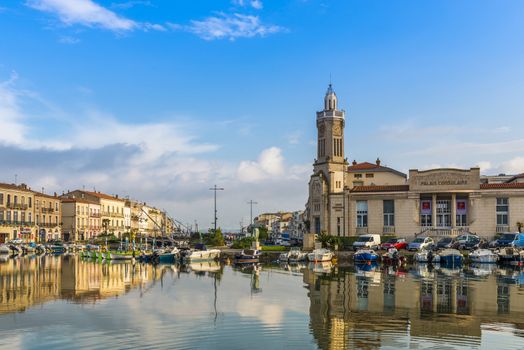

This magnificent reproduction of one of the emblematic ships of the French navy, the Hermione.
Stock PhotoUsername
FredericResolution
7360x4912pxThis magnificent reproduction of one of the emblematic ships of the French navy, the Hermione.
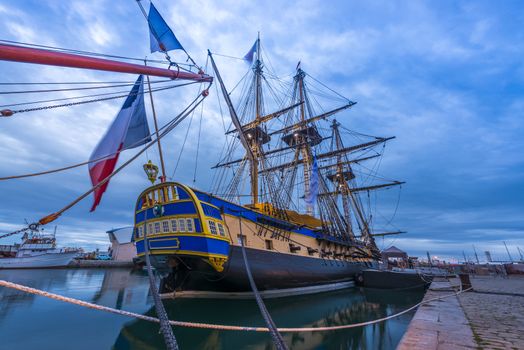
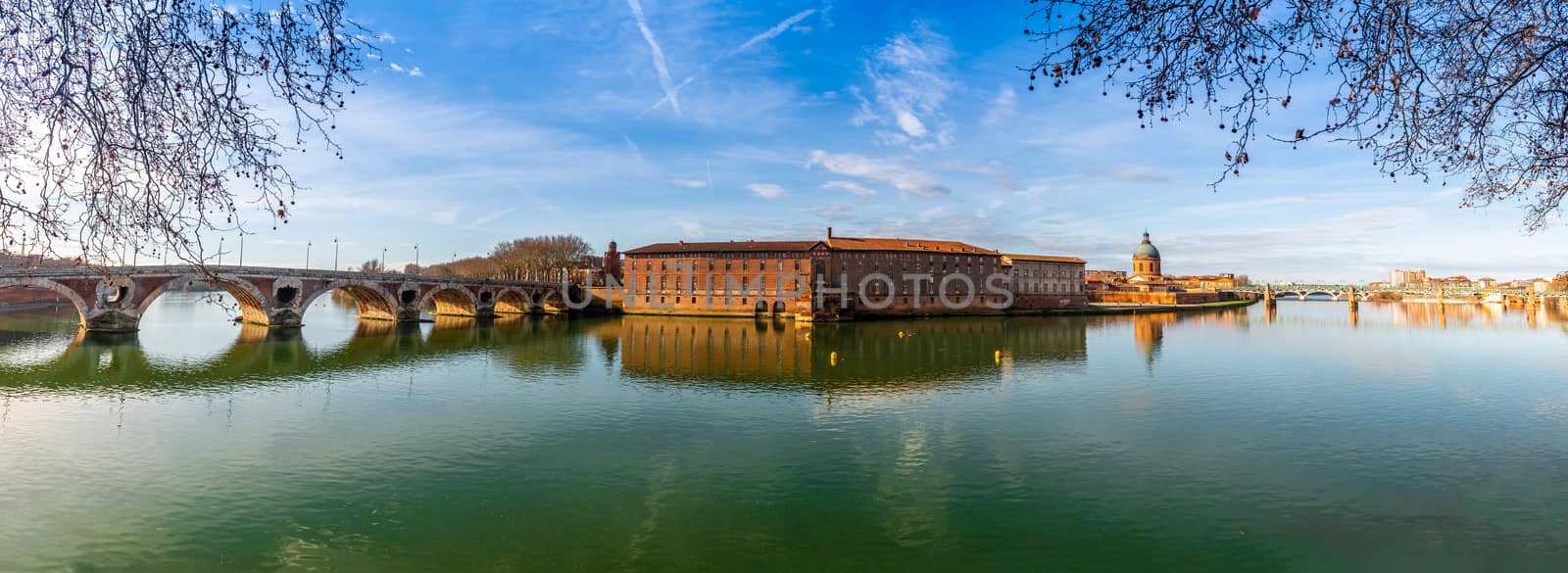
Panorama of the city of Toulouse from the banks of the Garonne.
Stock PhotoUsername
FredericResolution
13543x4951pxPanorama of the city of Toulouse from the banks of the Garonne.


Fountain of the Three Graces on Place de la Bourse in Bordeaux in Gironde, Nouvelle-Aquitaine, France.
Stock PhotoUsername
FredericResolution
7360x4912pxFountain of the Three Graces on Place de la Bourse in Bordeaux in Gironde, Nouvelle-Aquitaine, France.
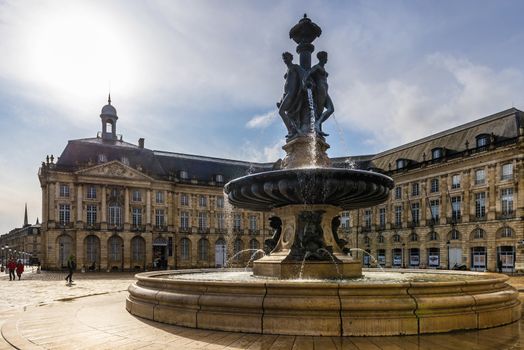
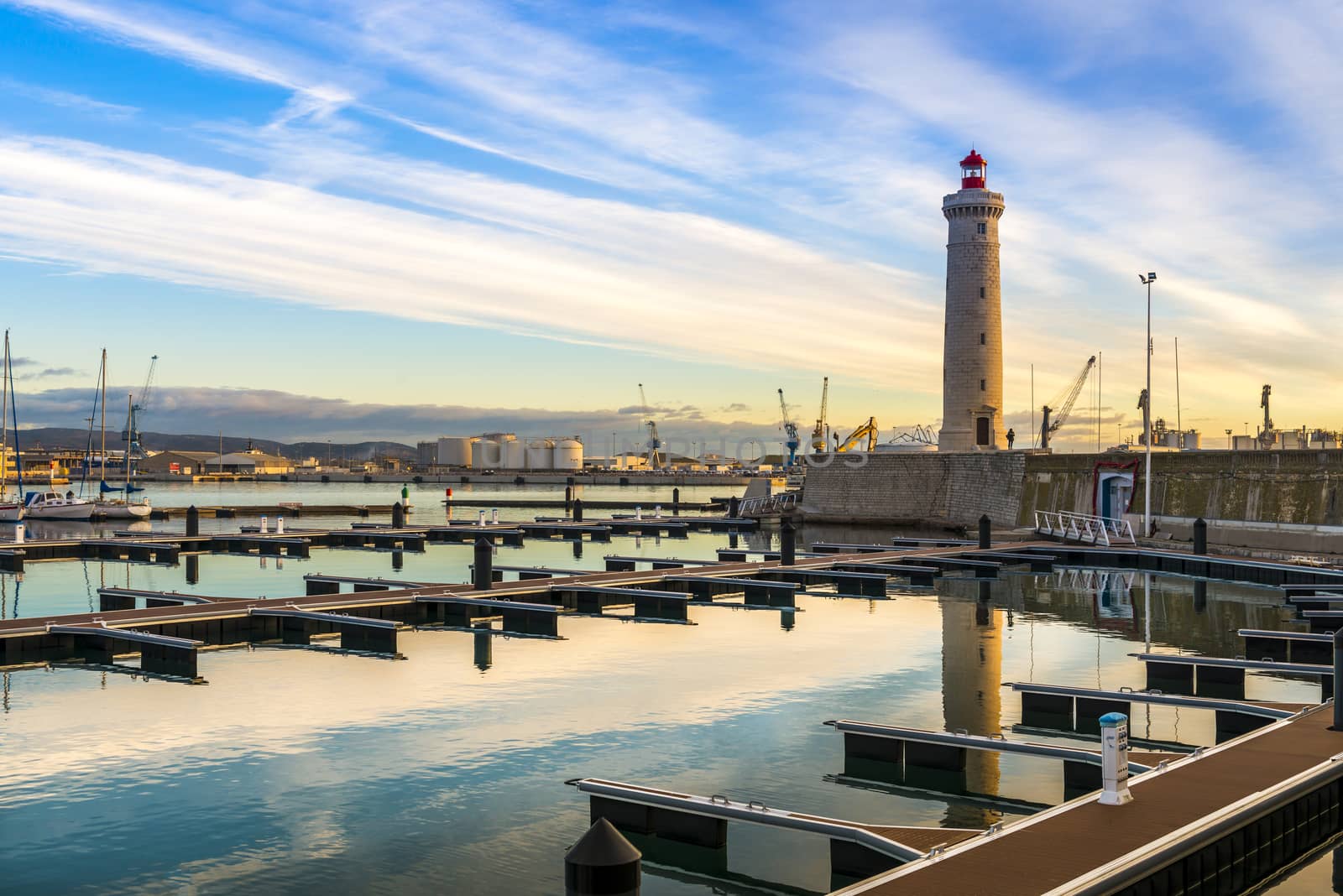
Sunrise, in the marina of Sète and on the lighthouse of the Saint-Louis mole, in Occitanie, in the south of France.
Stock PhotoUsername
FredericResolution
7314x4881pxSunrise, in the marina of Sète and on the lighthouse of the Saint-Louis mole, in Occitanie, in the south of France.

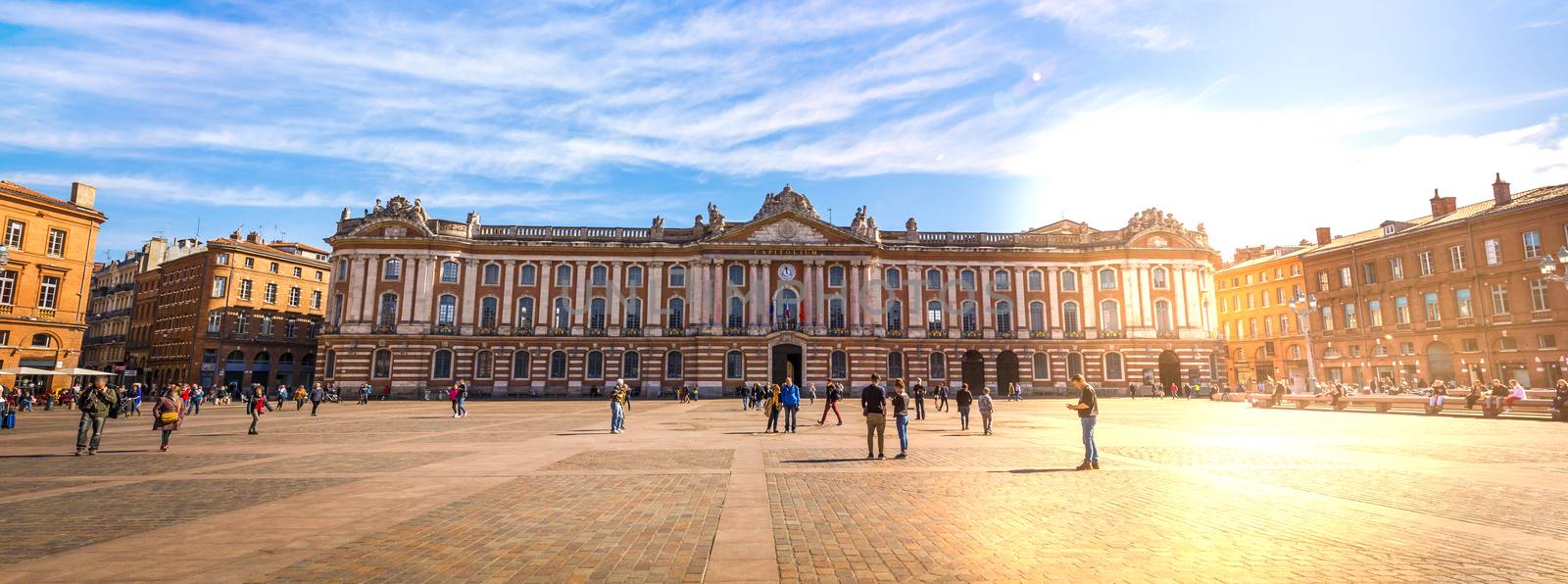
Place du Capitole is the emblematic center of the city of Toulouse. In Occitania, France
Stock PhotoUsername
FredericResolution
7315x2723pxPlace du Capitole is the emblematic center of the city of Toulouse. In Occitania, France

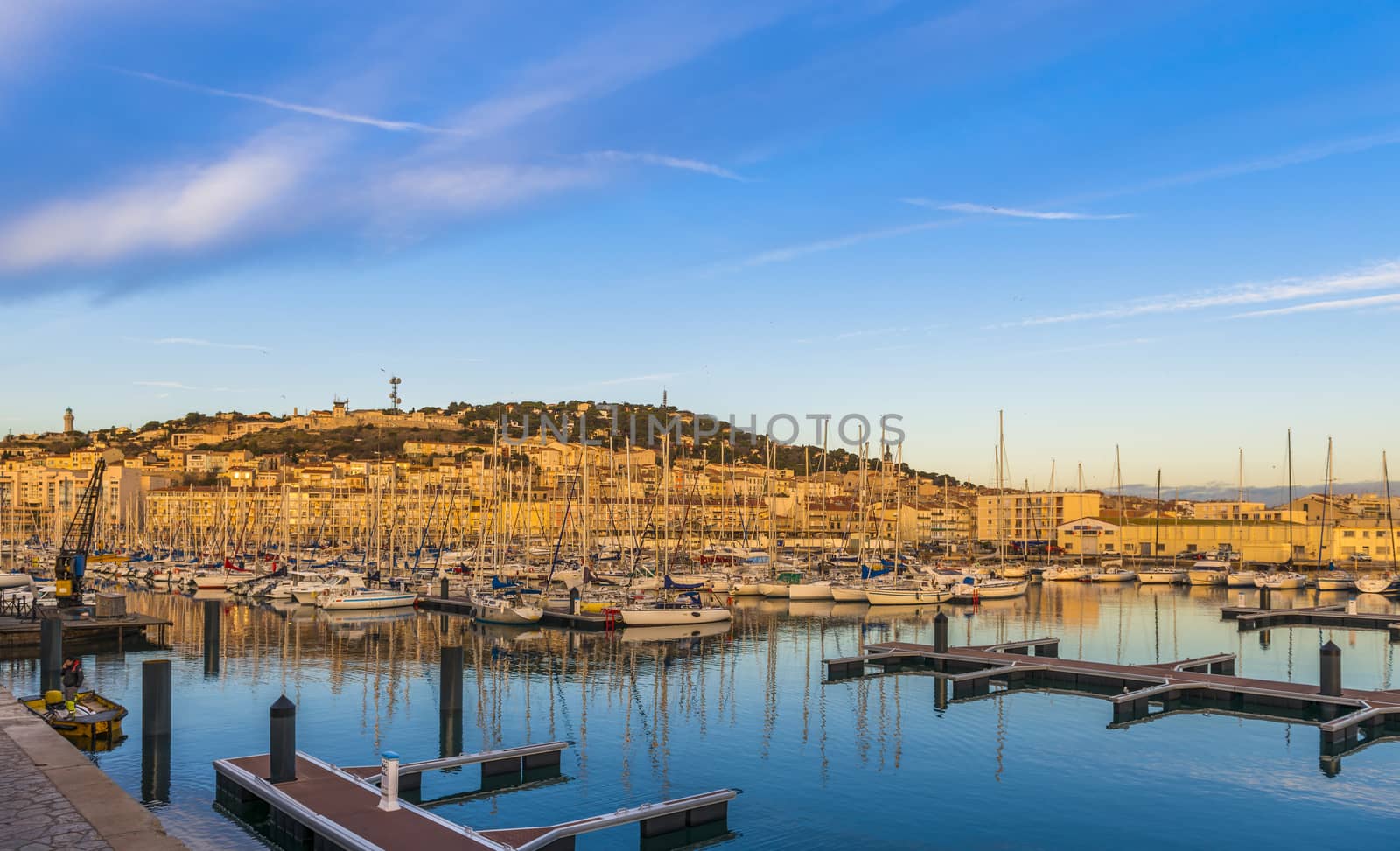
The marina in the city of Sète in the early morning, in the Herault, in the south of France.
Stock PhotoUsername
FredericResolution
7359x4473pxThe marina in the city of Sète in the early morning, in the Herault, in the south of France.

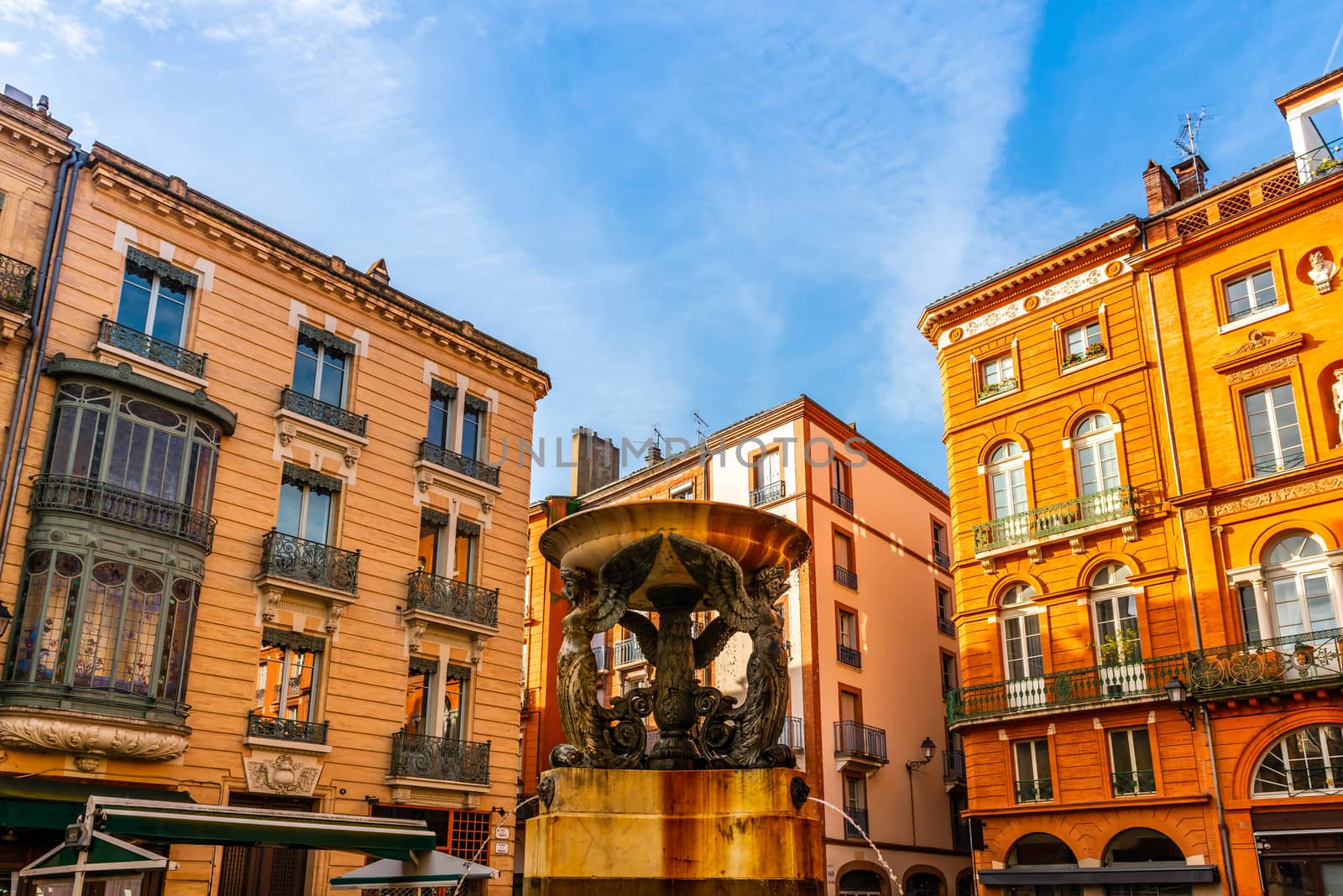
Fountain Place de la Trinite in Toulouse, in Haute-Garonne in the Occitanie region in south-west France.
Stock PhotoUsername
FredericResolution
6249x4171pxFountain Place de la Trinite in Toulouse, in Haute-Garonne in the Occitanie region in south-west France.

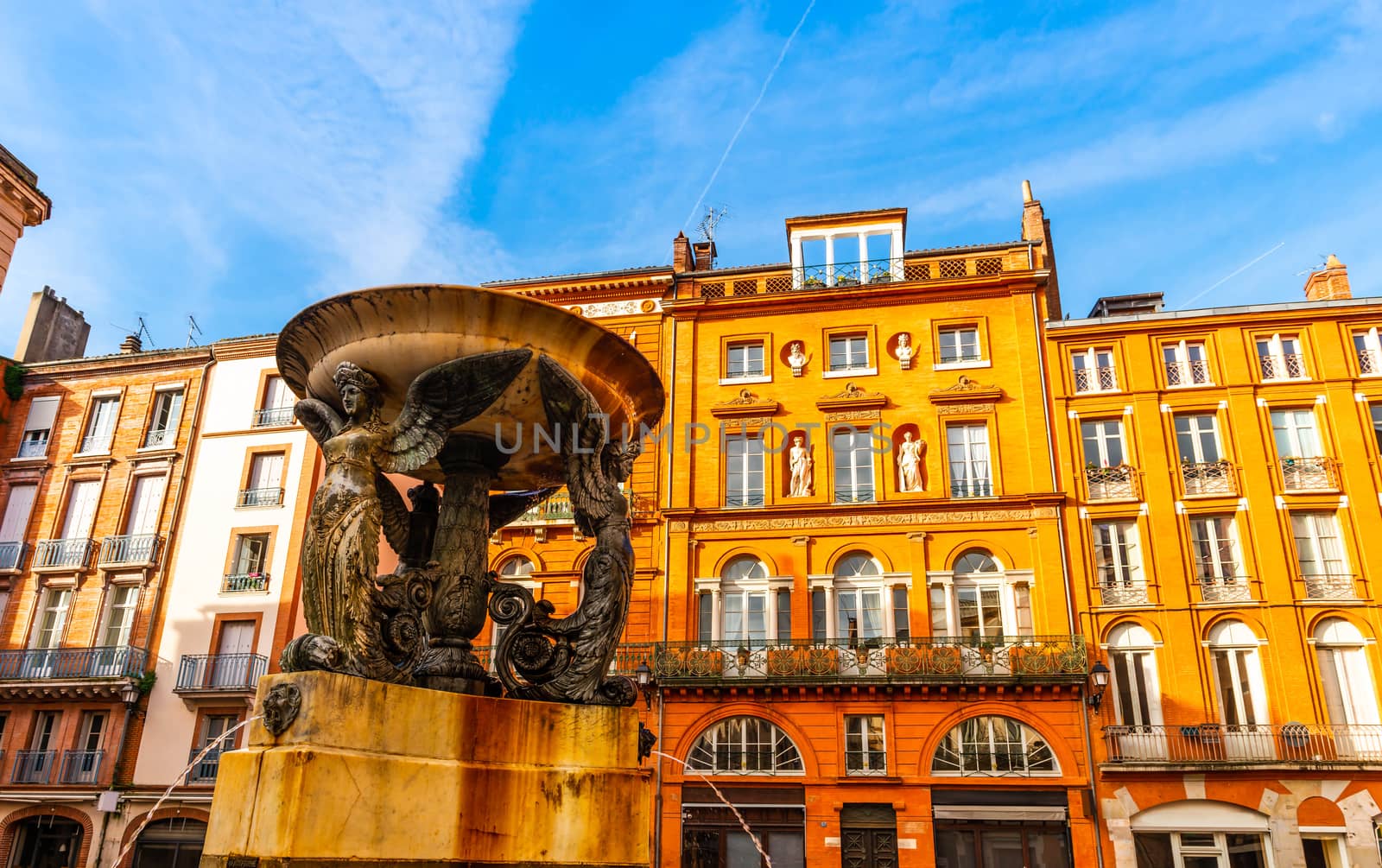
Magnificent Place de la Trinité in Toulouse, with its fountain and superb façades, in Occitania.
Stock PhotoUsername
FredericResolution
7220x4537pxMagnificent Place de la Trinité in Toulouse, with its fountain and superb façades, in Occitania.

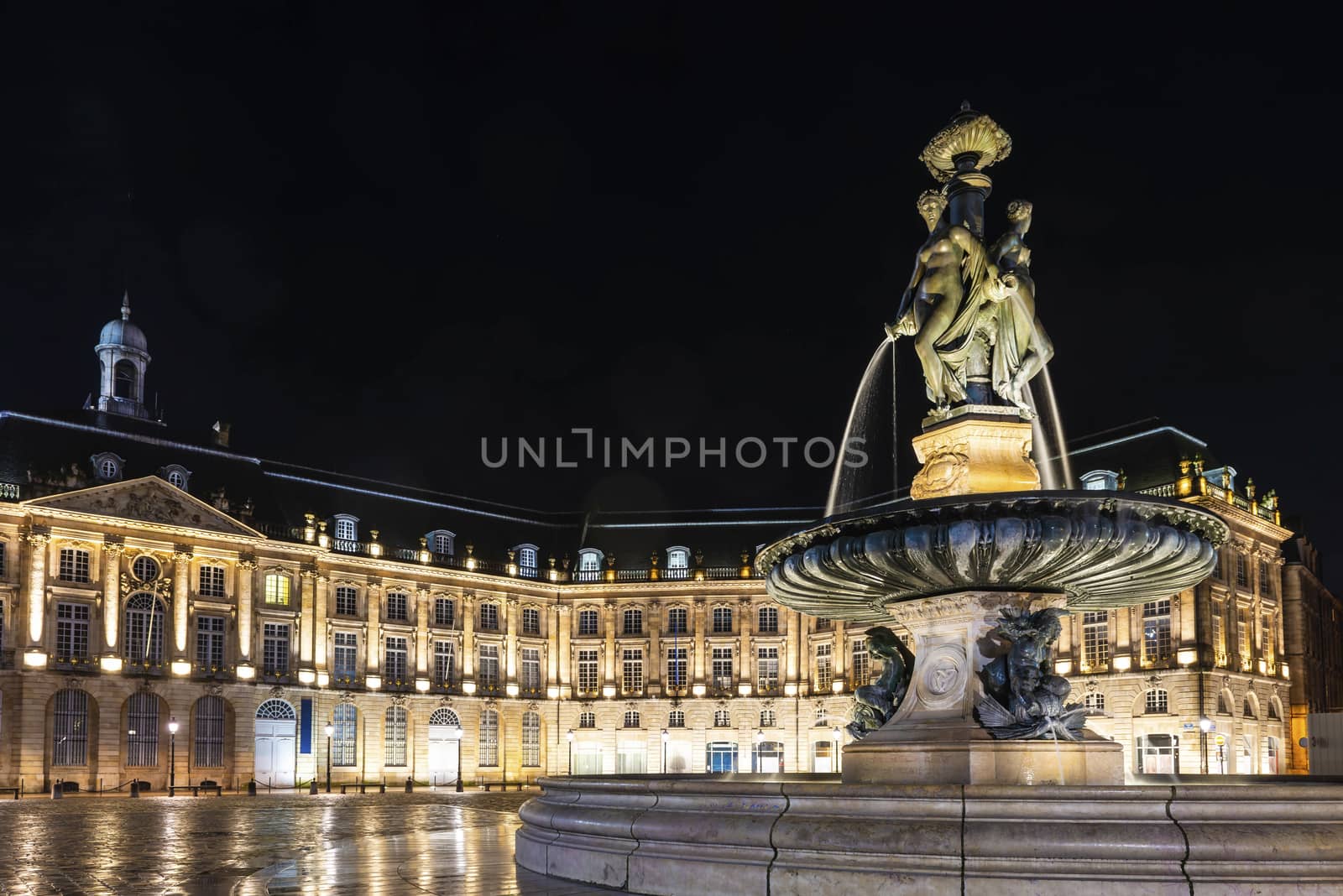
Place de la Bourse at night in Bordeaux, in the foreground, the fountain of the three grace and in the background the buildings of.
Stock PhotoUsername
FredericResolution
7360x4912pxPlace de la Bourse at night in Bordeaux, in the foreground, the fountain of the three grace and in the background the buildings of.

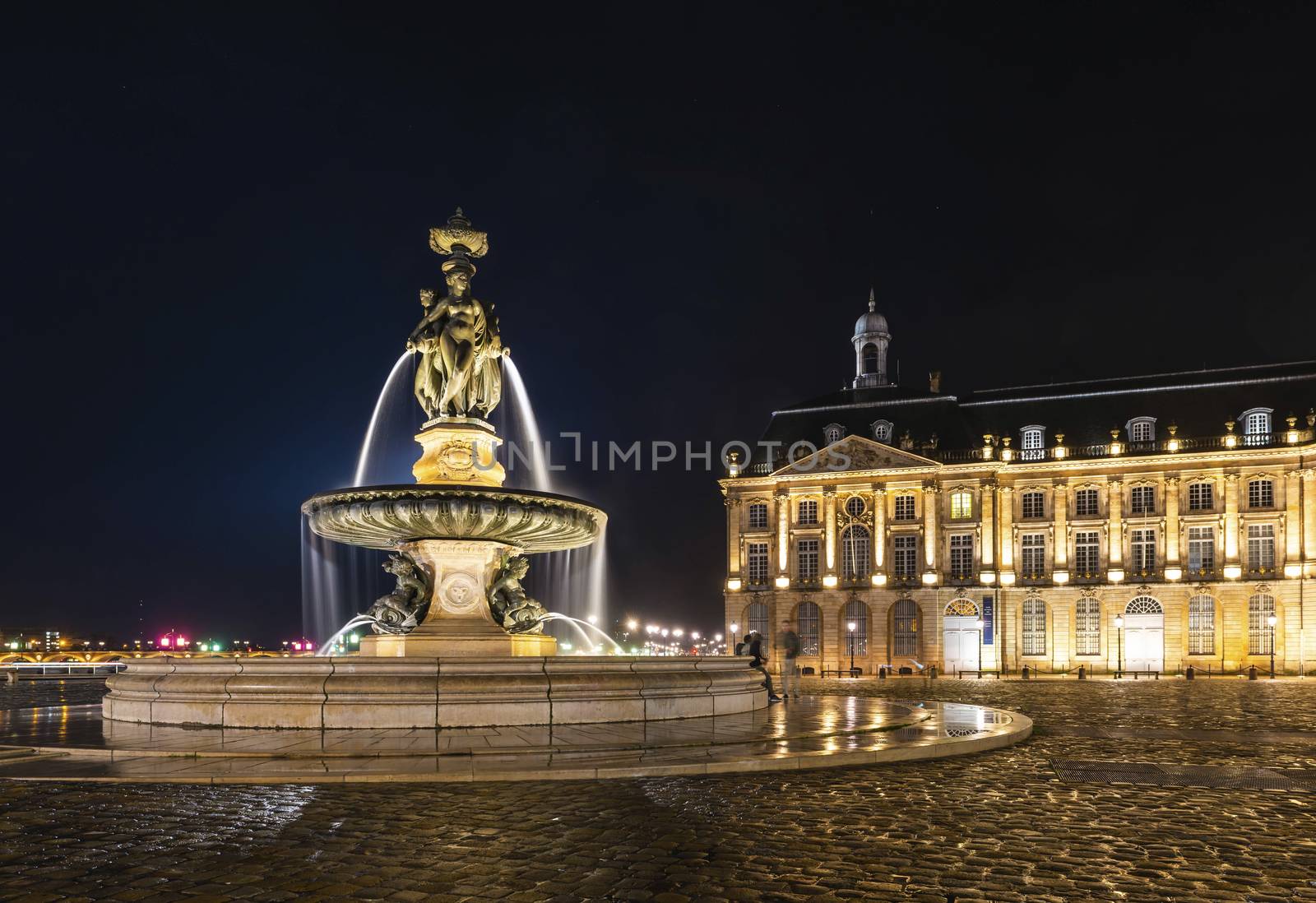
Fountain of three graces on the Place de la Bourse in Bordeaux at night in Gironde, New Aquitaine, France.
Stock PhotoUsername
FredericResolution
6716x4610pxFountain of three graces on the Place de la Bourse in Bordeaux at night in Gironde, New Aquitaine, France.

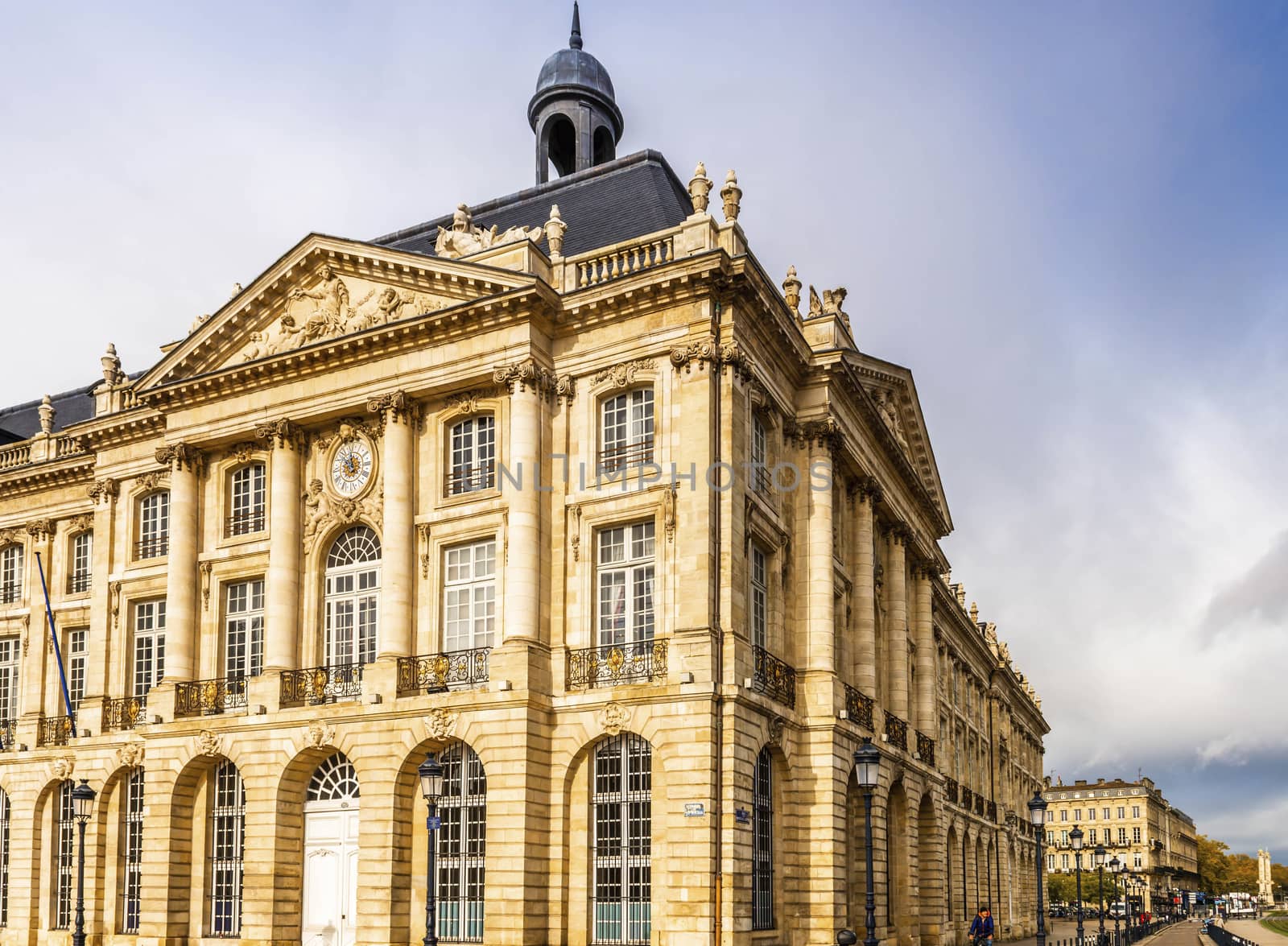
Building of the place de la bourse in Bordeaux in Gironde, Nouvelle-Aquitaine, France.
Stock PhotoUsername
FredericResolution
6690x4912pxBuilding of the place de la bourse in Bordeaux in Gironde, Nouvelle-Aquitaine, France.

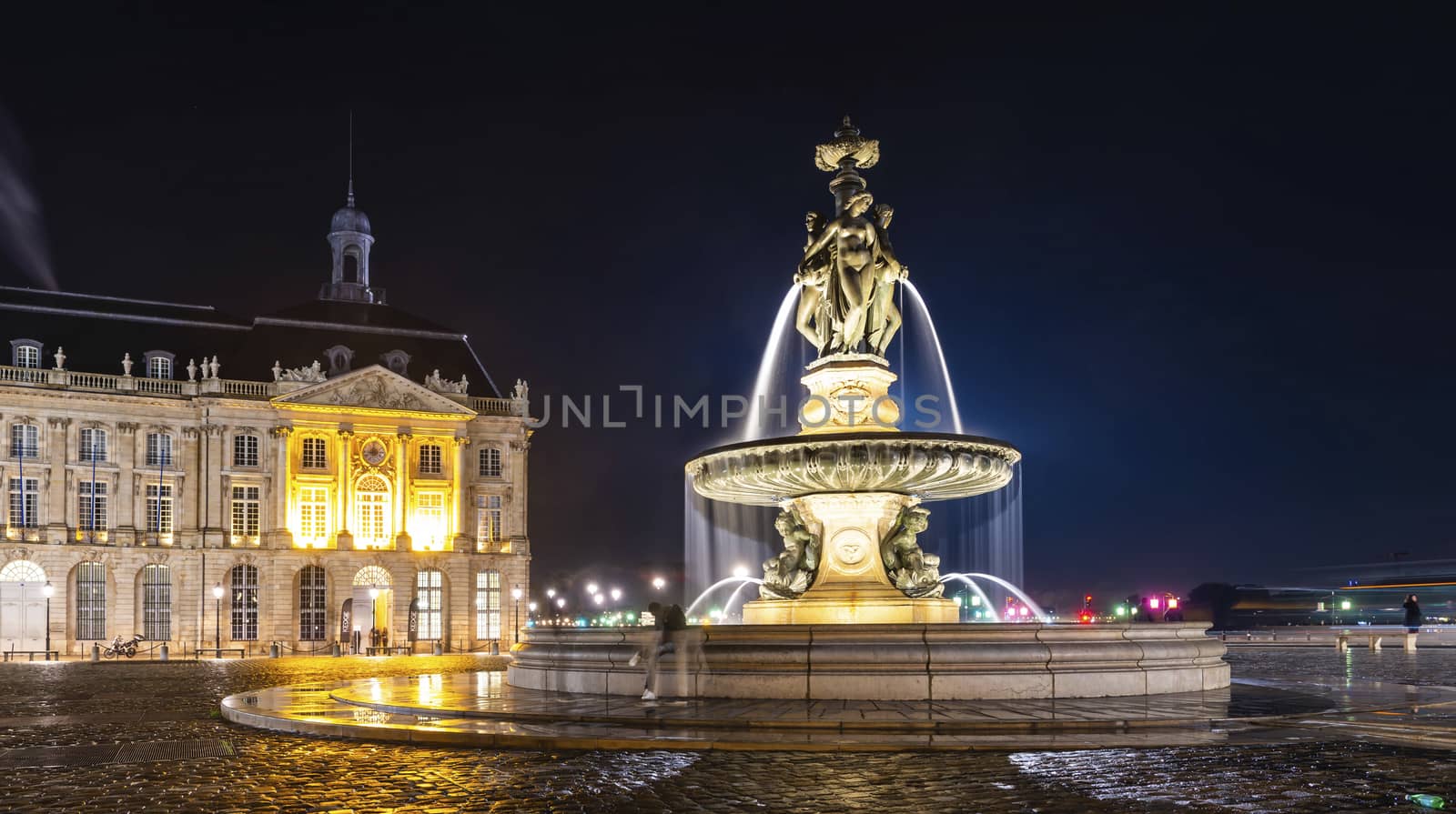
Fountain of three graces and building of the chamber of commerce, on the Place de la Bourse in Bordeaux, at night in Gironde, New.
Stock PhotoUsername
FredericResolution
7360x4117pxFountain of three graces and building of the chamber of commerce, on the Place de la Bourse in Bordeaux, at night in Gironde, New.

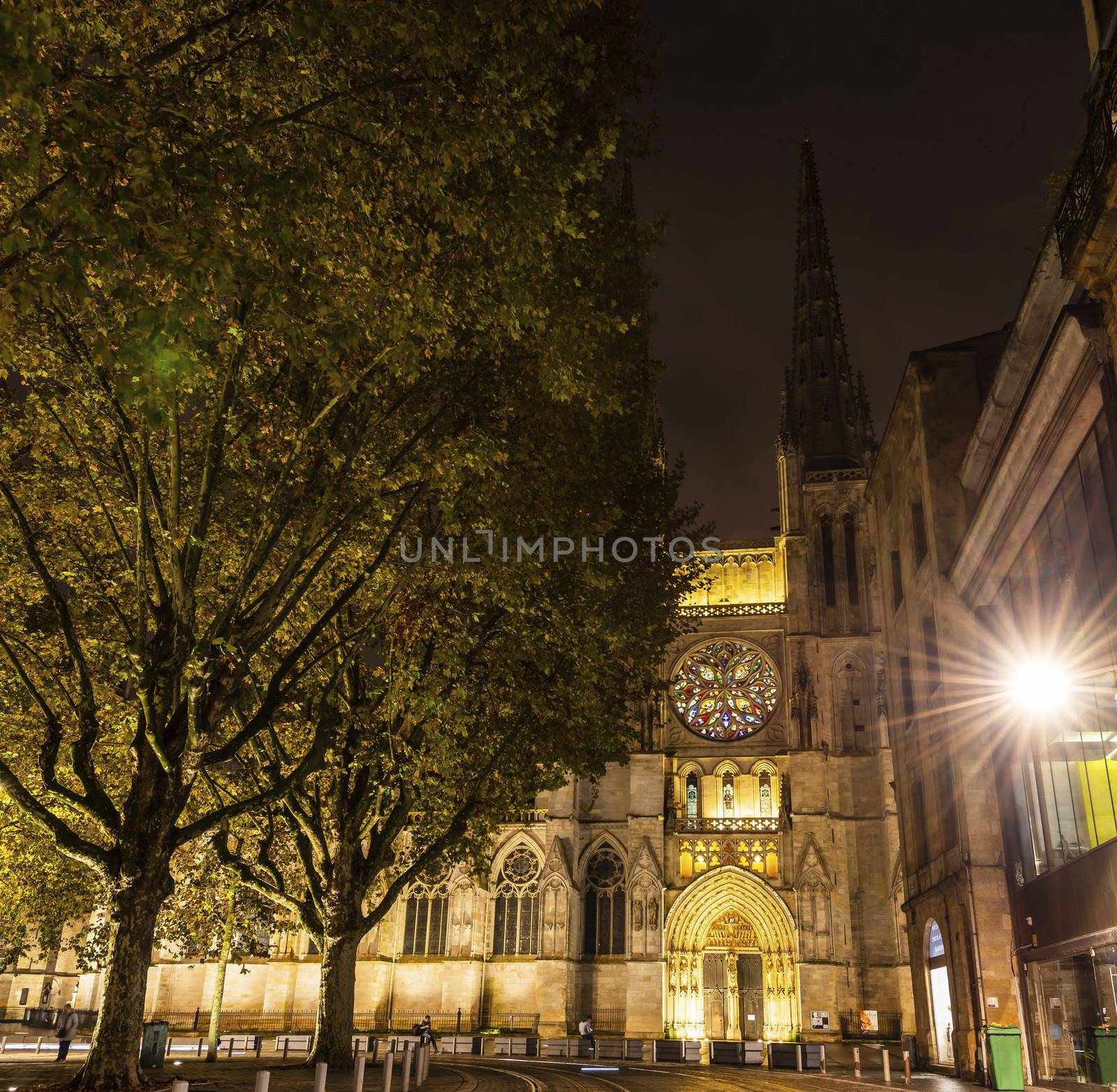
Saint-André cathedral in Bordeaux and its rose window at the bottom, at night. In Gironde, in New Aquitaine, France.
Stock PhotoUsername
FredericResolution
4459x4359pxSaint-André cathedral in Bordeaux and its rose window at the bottom, at night. In Gironde, in New Aquitaine, France.

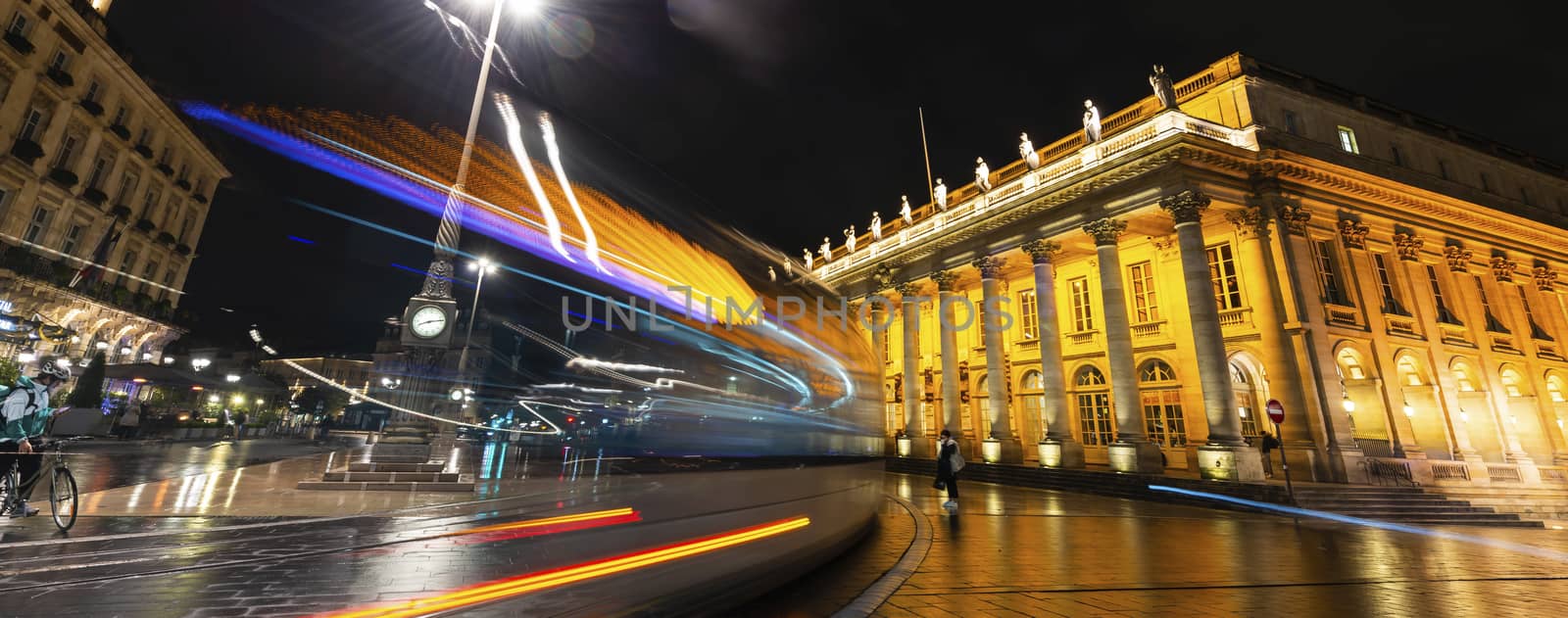
A tram passing near the Grand Théâtre de Bordeaux at night.
Stock PhotoUsername
FredericResolution
6570x2591pxA tram passing near the Grand Théâtre de Bordeaux at night.


Tram passing the Grand Théâtre de Bordeaux at night in New Aquitaine, France.
Stock PhotoUsername
FredericResolution
7182x4032pxTram passing the Grand Théâtre de Bordeaux at night in New Aquitaine, France.
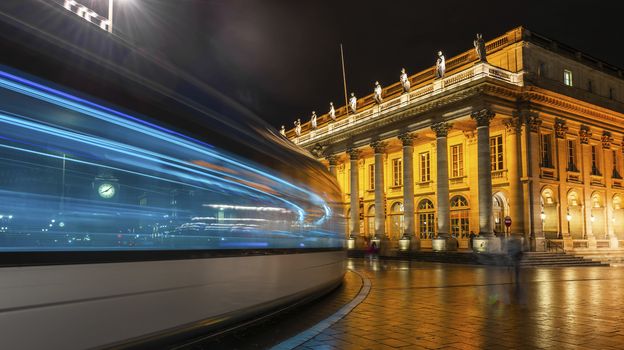
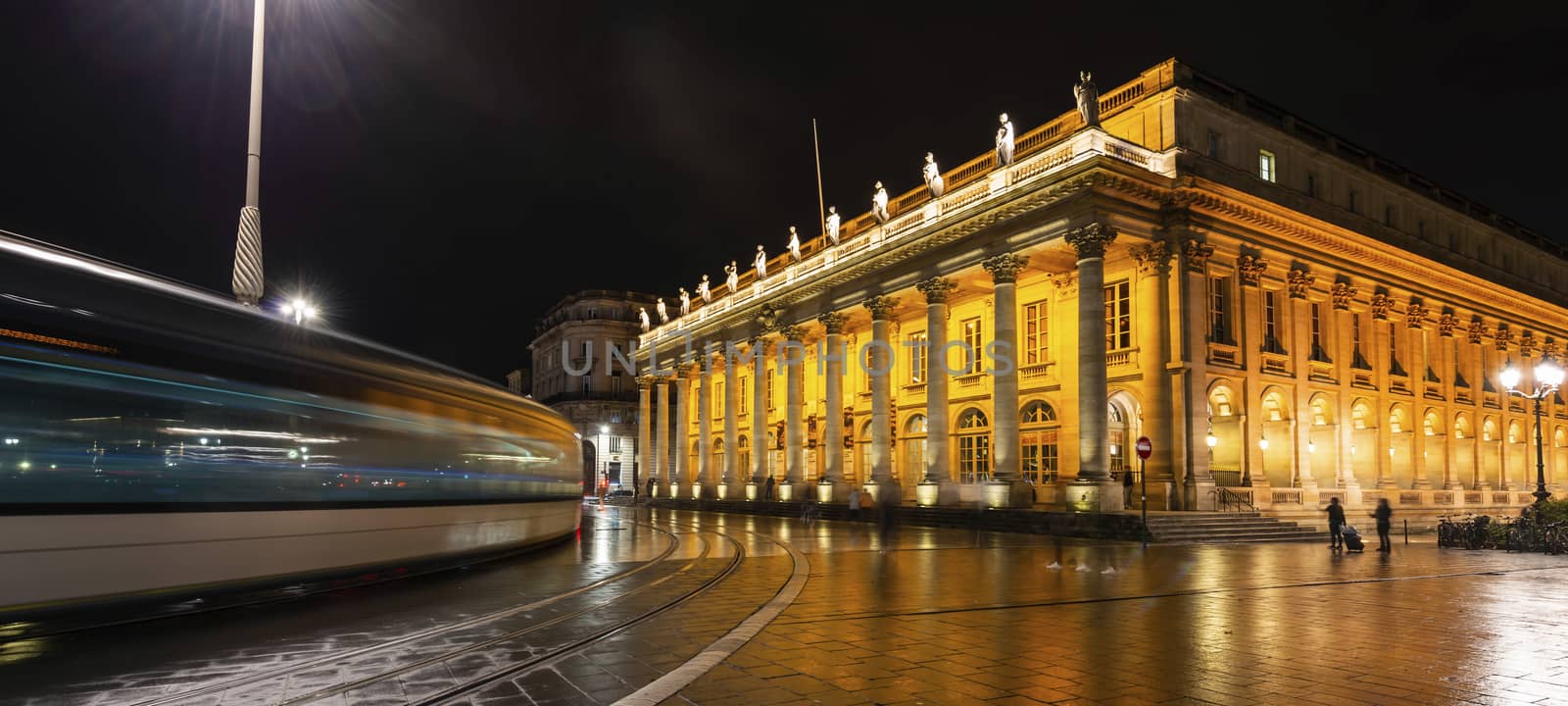
Tram passing the Grand Théâtre de Bordeaux at night in New Aquitaine, France.
Stock PhotoUsername
FredericResolution
6633x2983pxTram passing the Grand Théâtre de Bordeaux at night in New Aquitaine, France.

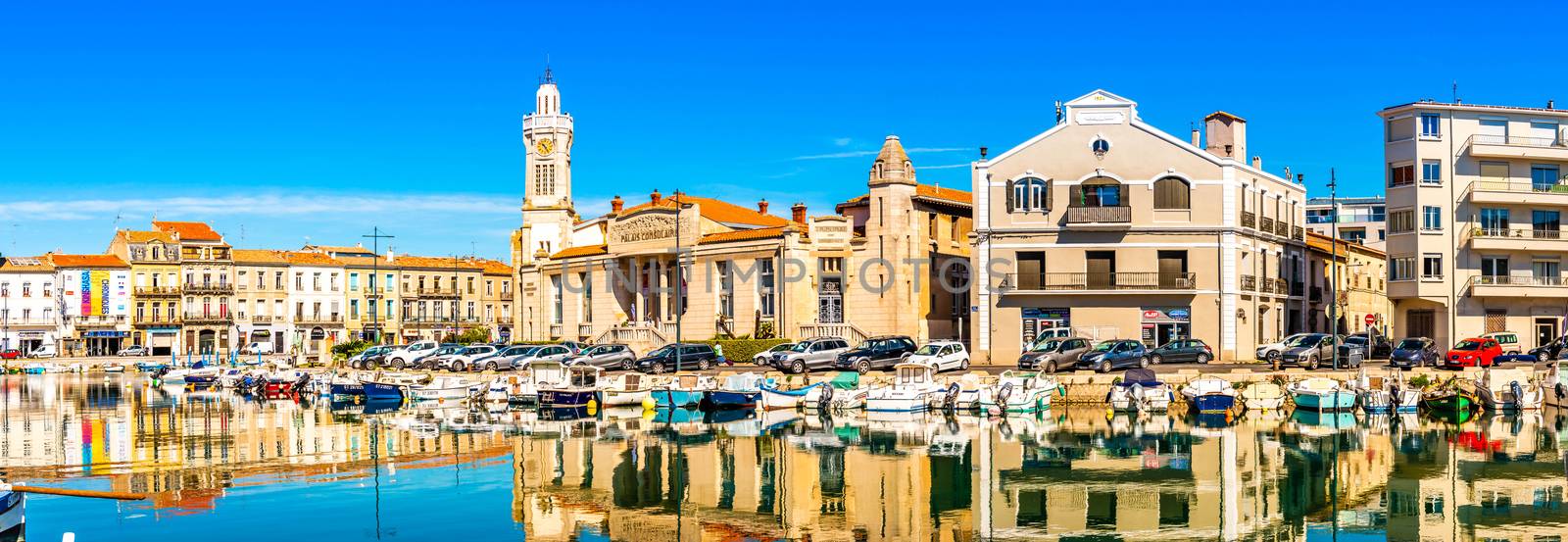
The facades and their reflections, along the Peyrade canal in Sète, in the Herault in Occitanie.
Stock PhotoUsername
FredericResolution
12937x4473pxThe facades and their reflections, along the Peyrade canal in Sète, in the Herault in Occitanie.

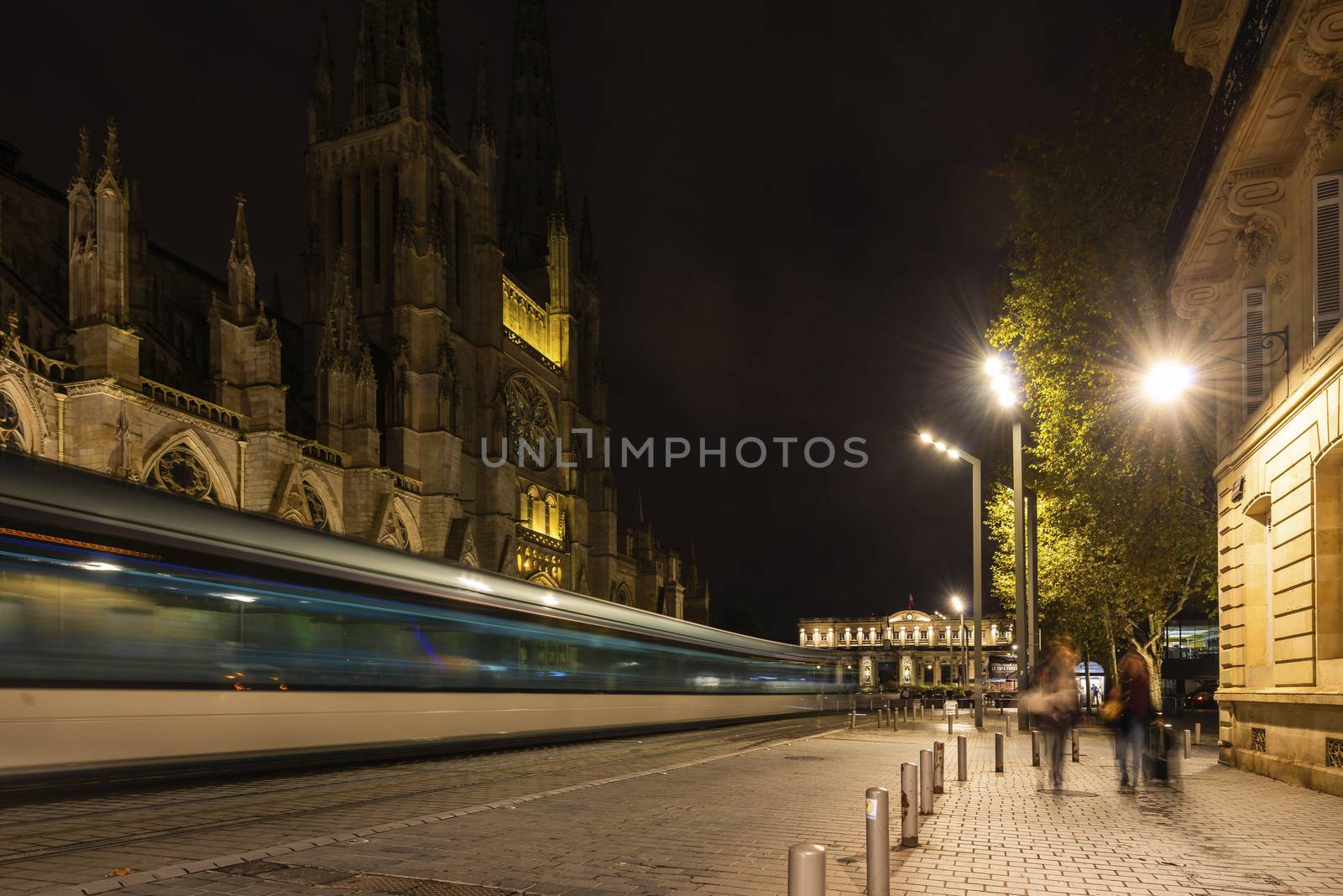
The tram passing in front of Saint-André Cathedral in Bordeaux at night.
Stock PhotoUsername
FredericResolution
7360x4912pxThe tram passing in front of Saint-André Cathedral in Bordeaux at night.

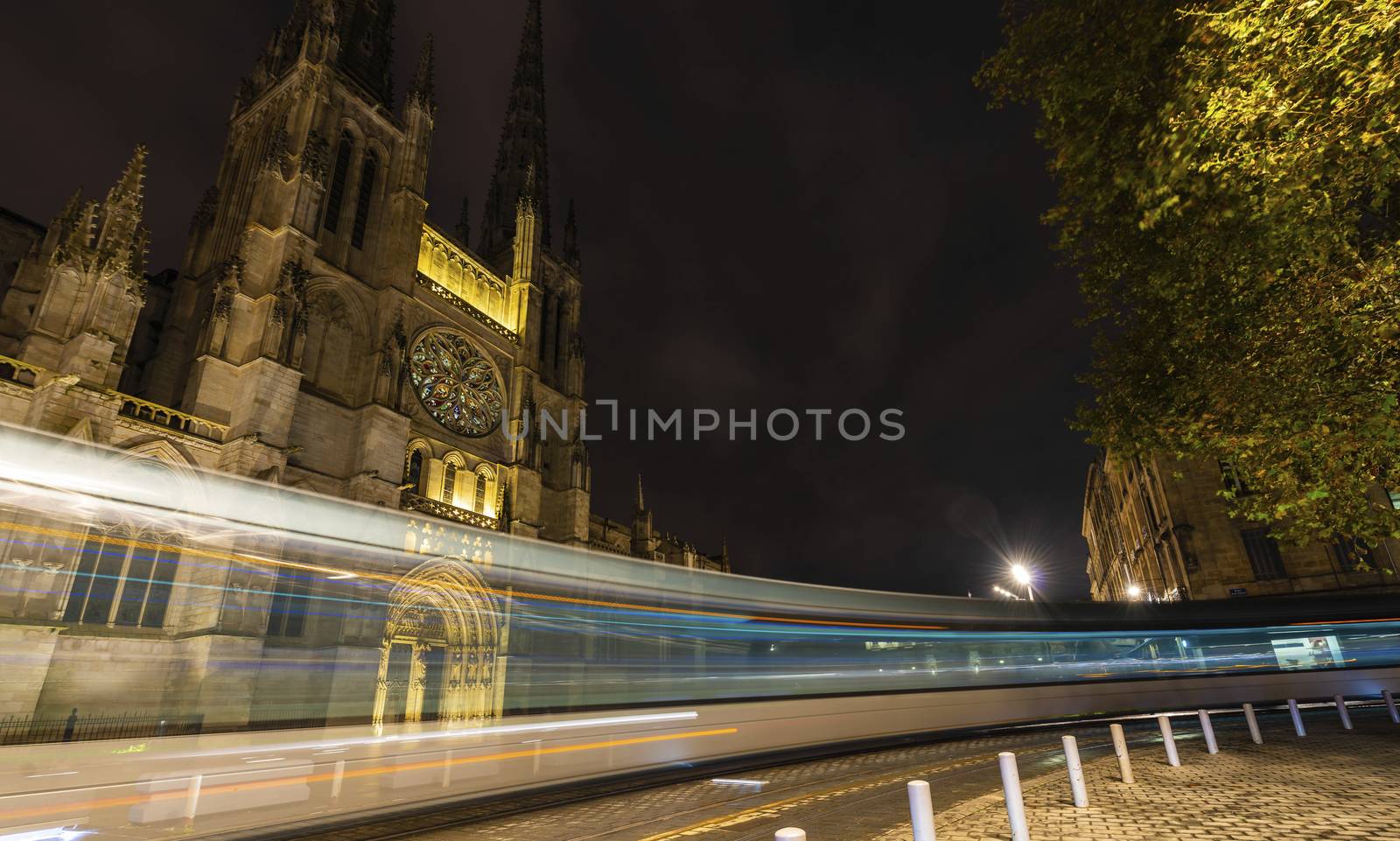
The tram passing in front of Saint-André Cathedral in Bordeaux at night.
Stock PhotoUsername
FredericResolution
6641x3987pxThe tram passing in front of Saint-André Cathedral in Bordeaux at night.

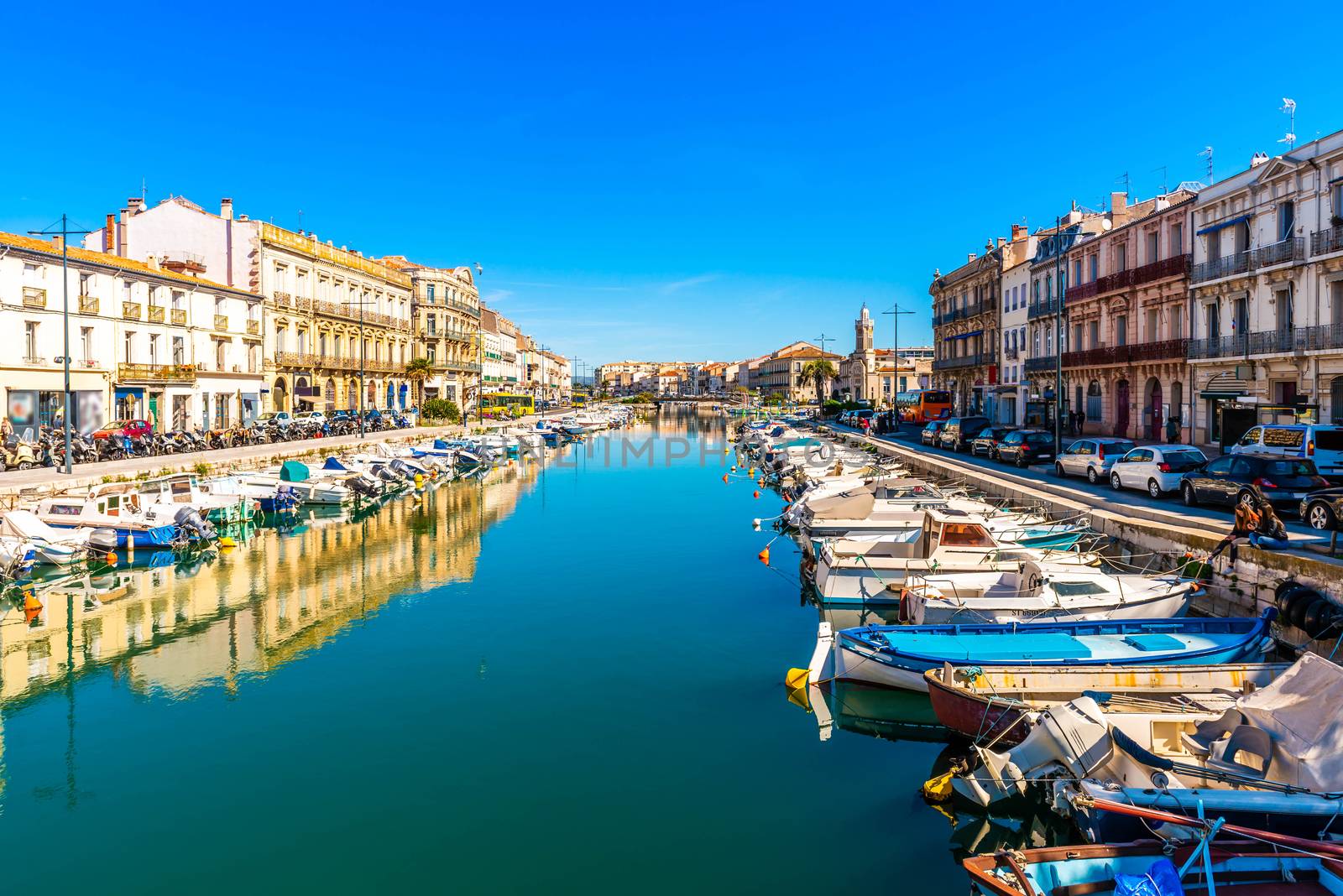
Royal Canal of Sète in Hérault in Occitanie, France.
Stock PhotoUsername
FredericResolution
7292x4867pxRoyal Canal of Sète in Hérault in Occitanie, France.

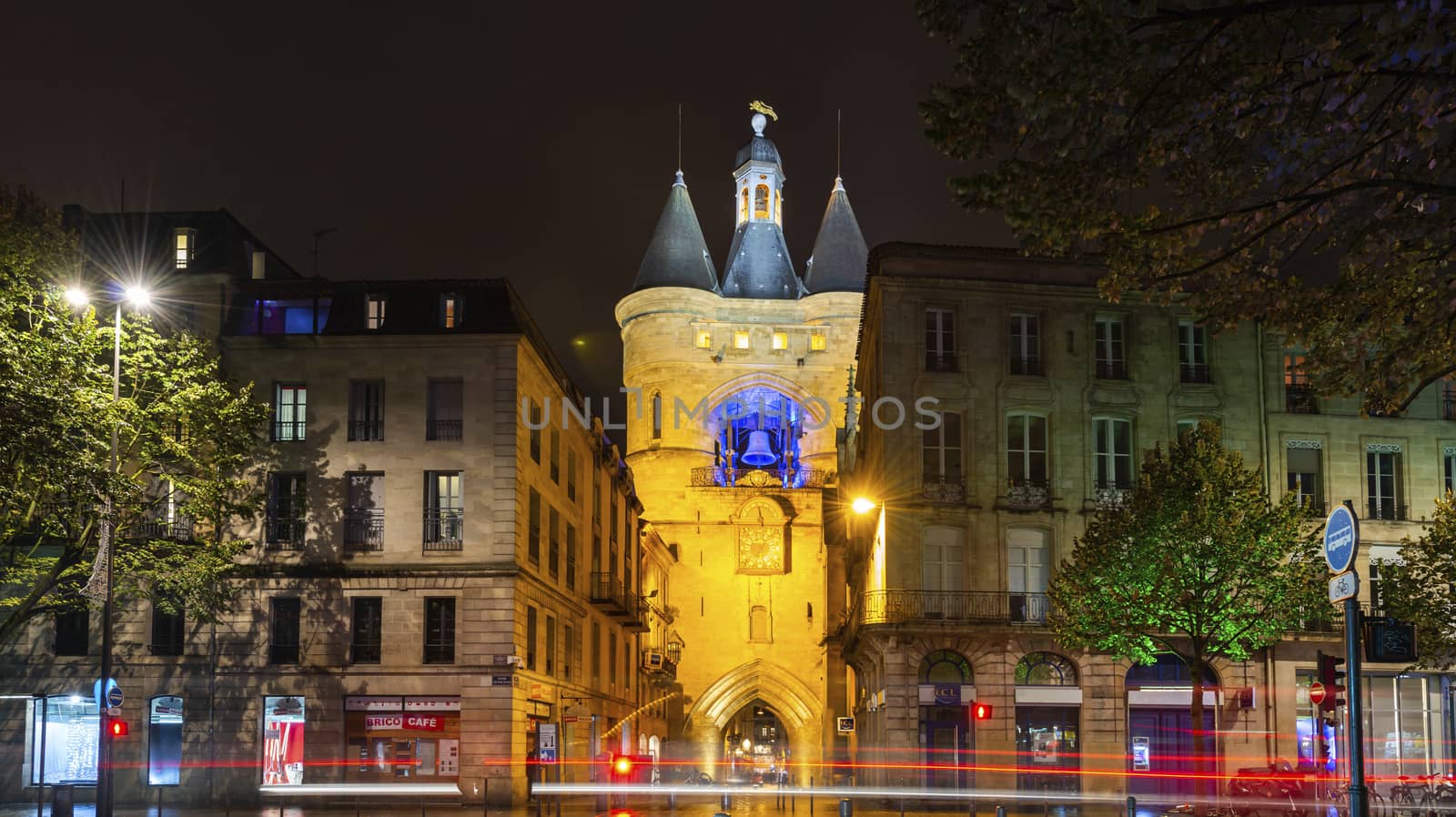
The door of the Big Bell, Bordeaux, at night, View from the Cours Victor Hugo, in Gironde, in New Aquitaine.
Stock PhotoUsername
FredericResolution
6310x3540pxThe door of the Big Bell, Bordeaux, at night, View from the Cours Victor Hugo, in Gironde, in New Aquitaine.


View over the rooftops of Toulouse in Haute-Garonne, Occitanie in France
Stock PhotoUsername
FredericResolution
7360x4912pxView over the rooftops of Toulouse in Haute-Garonne, Occitanie in France
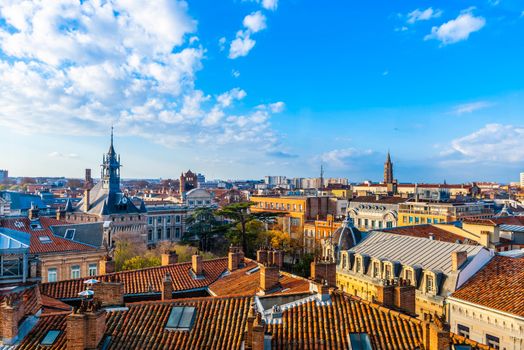
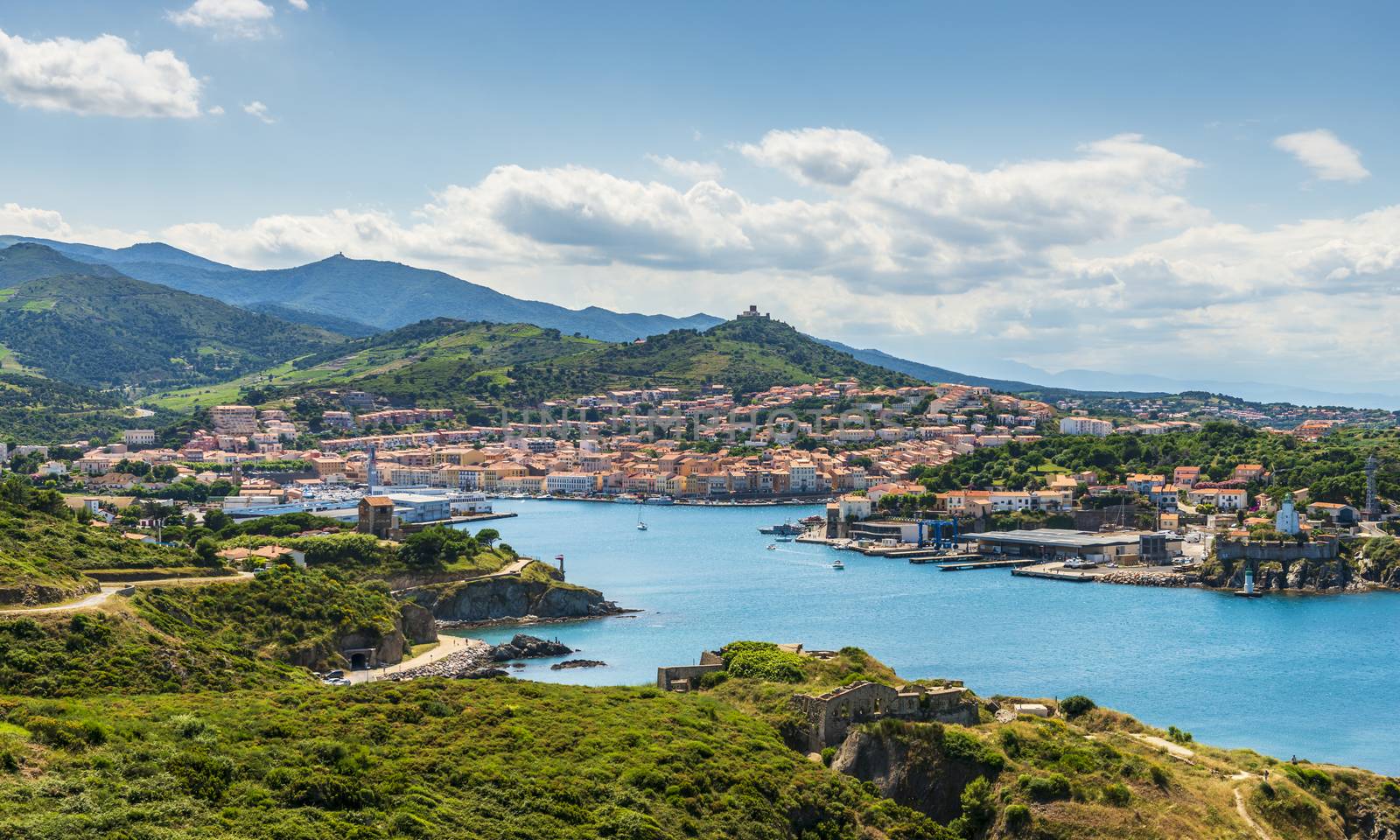
Panorama of Port-Vendres on a summer day, in the Pyrénées-Orientales in Catalonia, in the Occitanie region, France
Stock PhotoUsername
FredericResolution
7354x4413pxPanorama of Port-Vendres on a summer day, in the Pyrénées-Orientales in Catalonia, in the Occitanie region, France

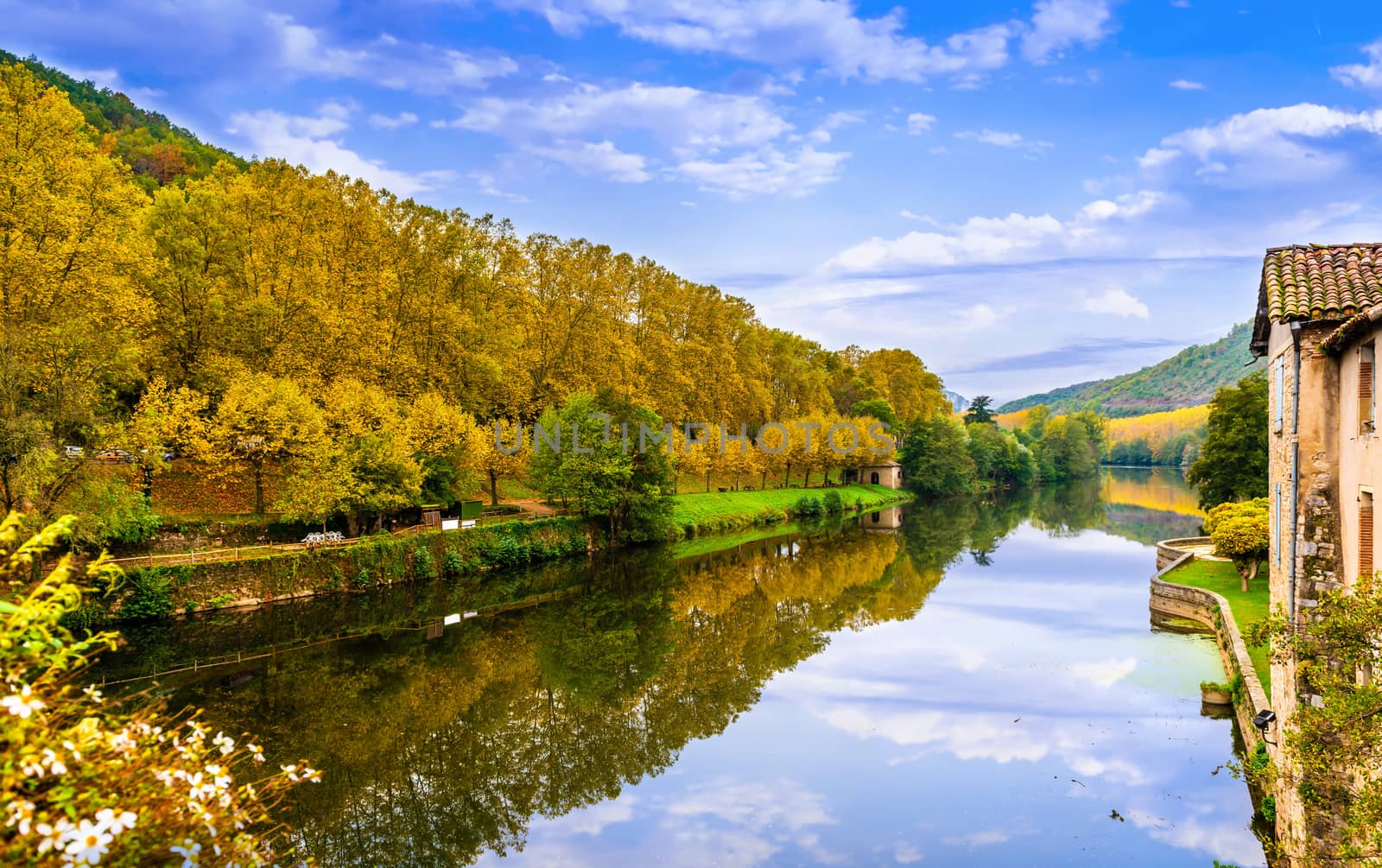
l'Aveyron in Saint-Antonin-Noble-Val, Occitanie, France
Stock PhotoUsername
FredericResolution
7082x4448pxl'Aveyron in Saint-Antonin-Noble-Val, Occitanie, France

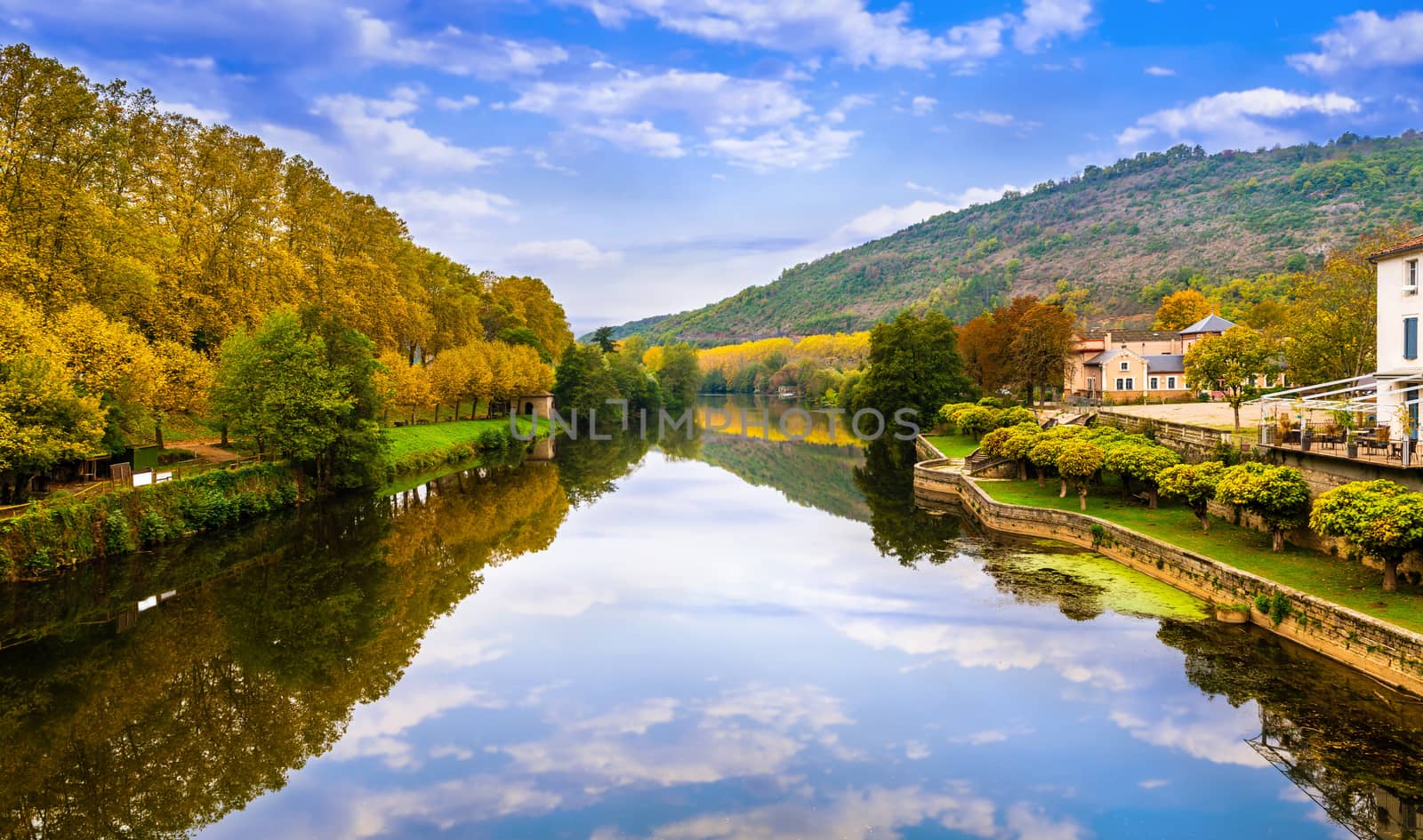
l'Aveyron in Saint-Antonin-Noble-Val, Occitanie, France
Stock PhotoUsername
FredericResolution
7360x4347pxl'Aveyron in Saint-Antonin-Noble-Val, Occitanie, France


The Pont Neuf sur la Garonne and the Hotel Dieu in Toulouse in Occitanie, France
Stock PhotoUsername
FredericResolution
7360x4912pxThe Pont Neuf sur la Garonne and the Hotel Dieu in Toulouse in Occitanie, France
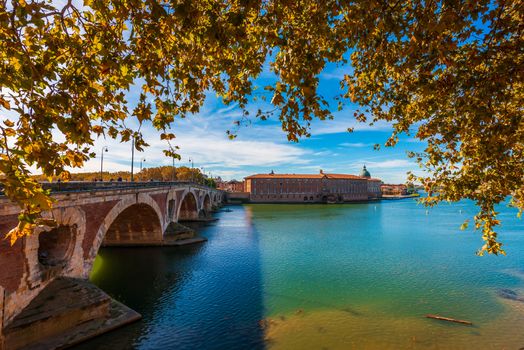
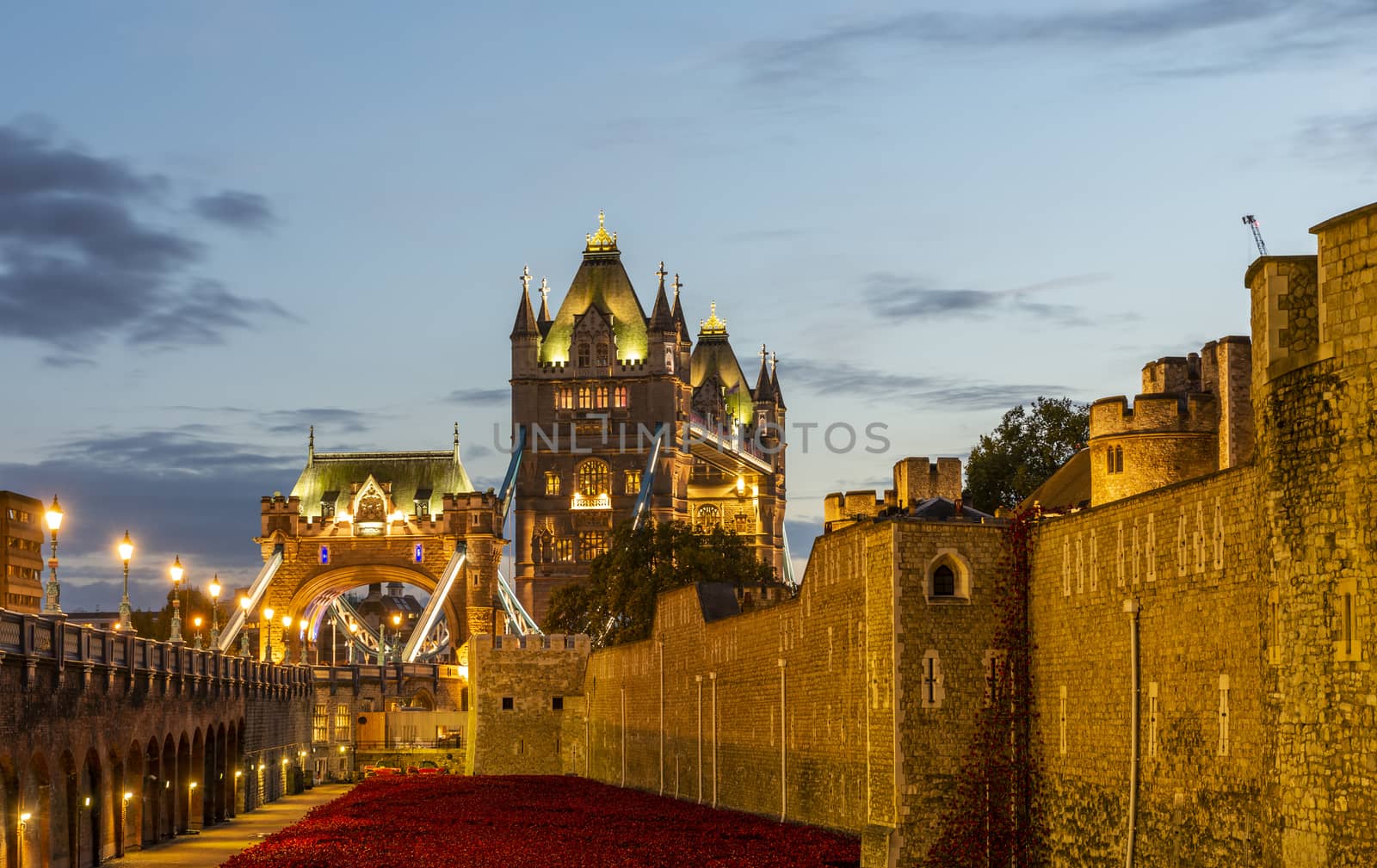
Tower Bridge from the Tower of London at night in the UK
Stock PhotoUsername
FredericResolution
6585x4152pxTower Bridge from the Tower of London at night in the UK

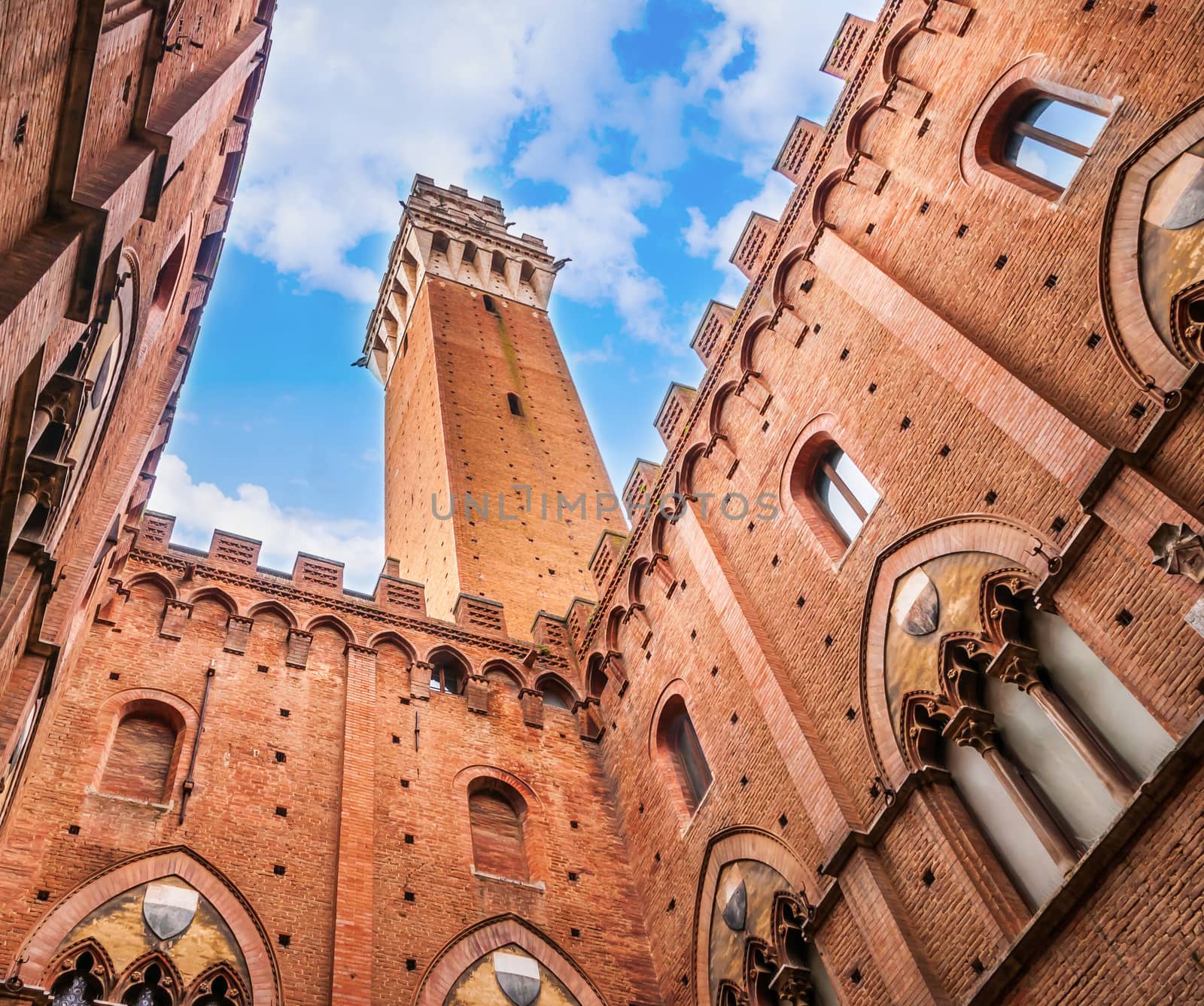
Palazzo Pubblico and Torre del Mangia piazza del campo in Siena in Tuscany, Italy
Stock PhotoUsername
FredericResolution
3409x2848pxPalazzo Pubblico and Torre del Mangia piazza del campo in Siena in Tuscany, Italy

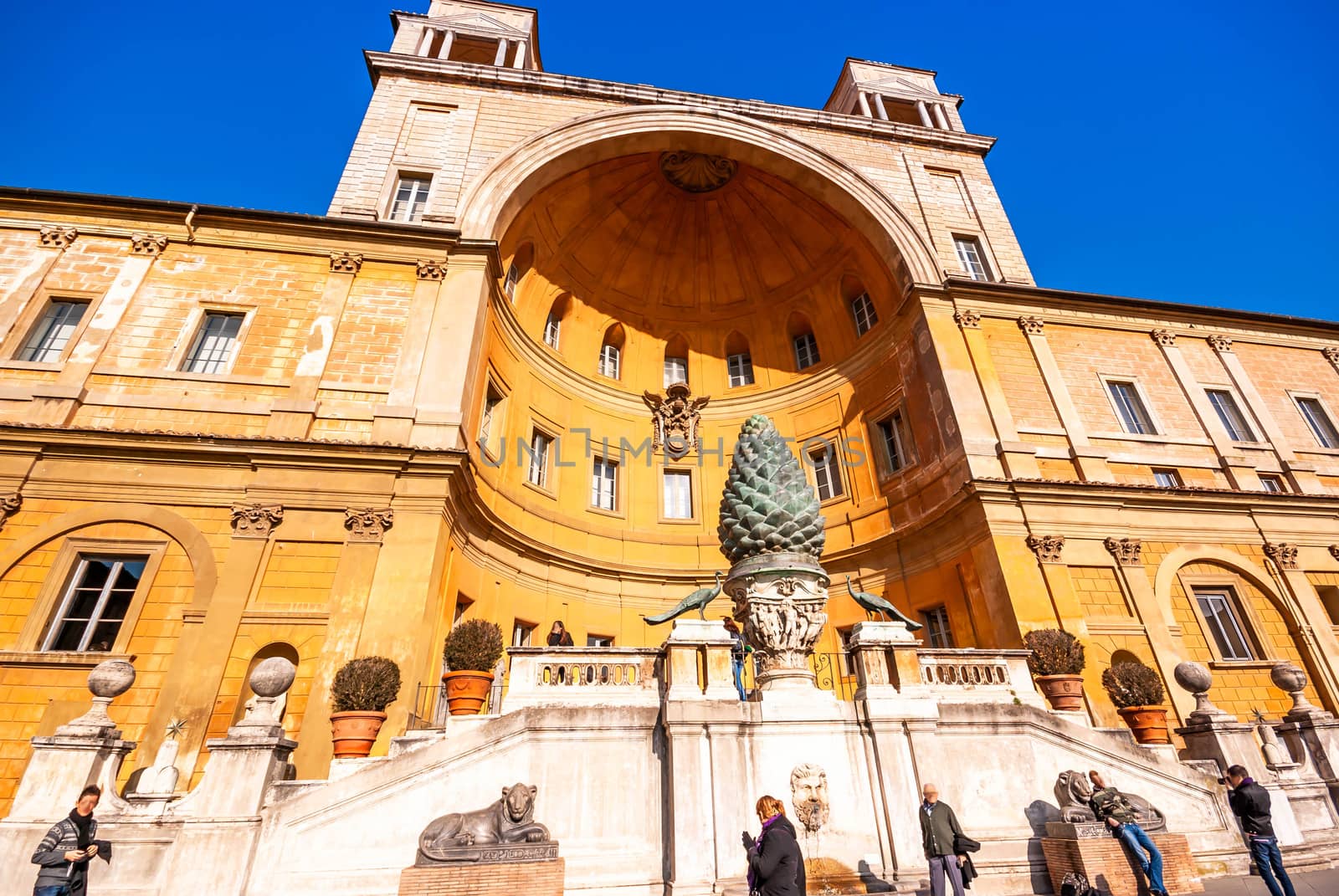
Vatican Museum in Rome in Italy
Stock PhotoUsername
FredericResolution
3704x2480pxVatican Museum in Rome in Italy

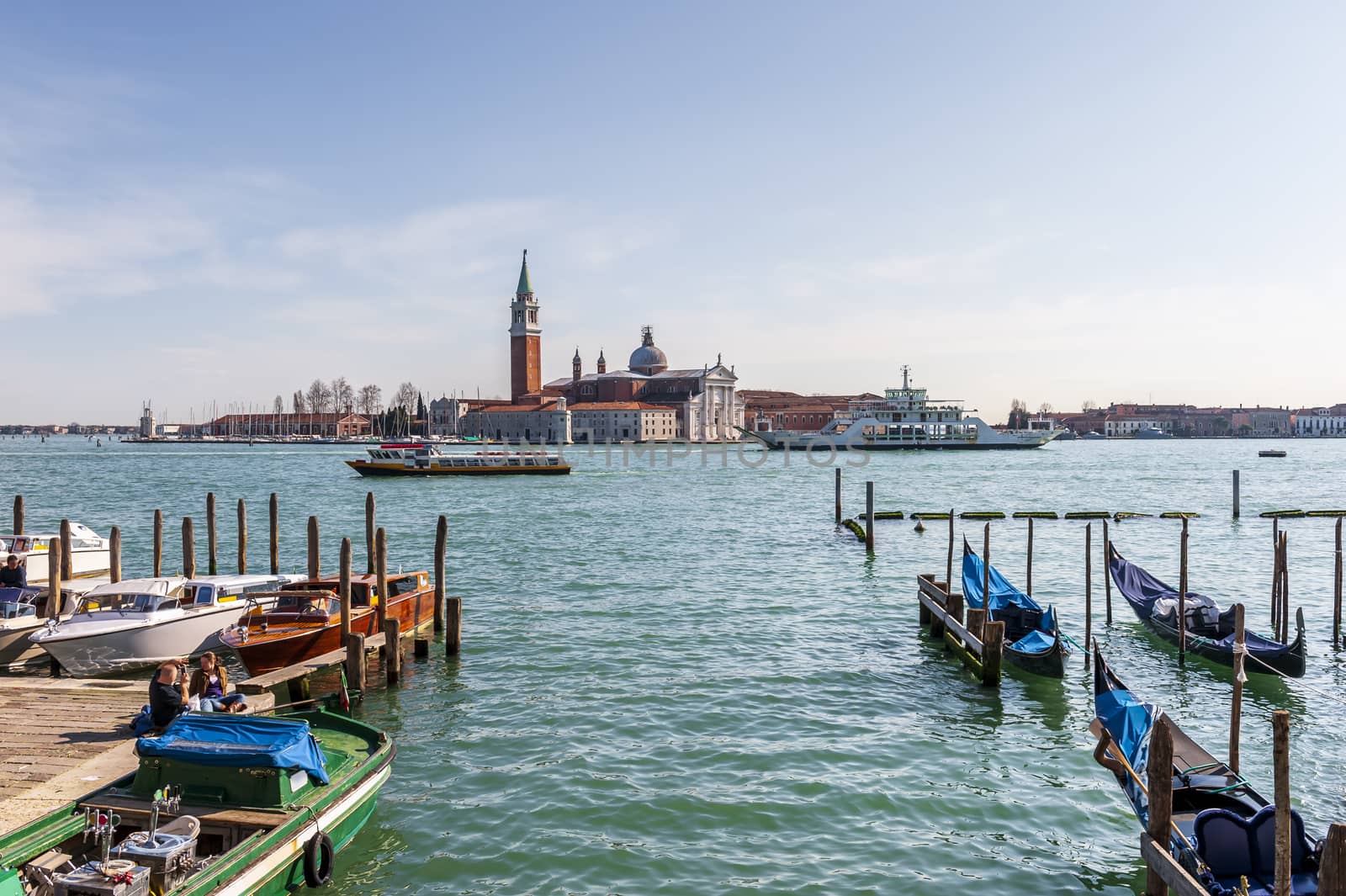
Gondolas and Island of San Giorgio Maggiore in the background in the lagoon of Venice in Veneto, Italy
Stock PhotoUsername
FredericResolution
4251x2829pxGondolas and Island of San Giorgio Maggiore in the background in the lagoon of Venice in Veneto, Italy

